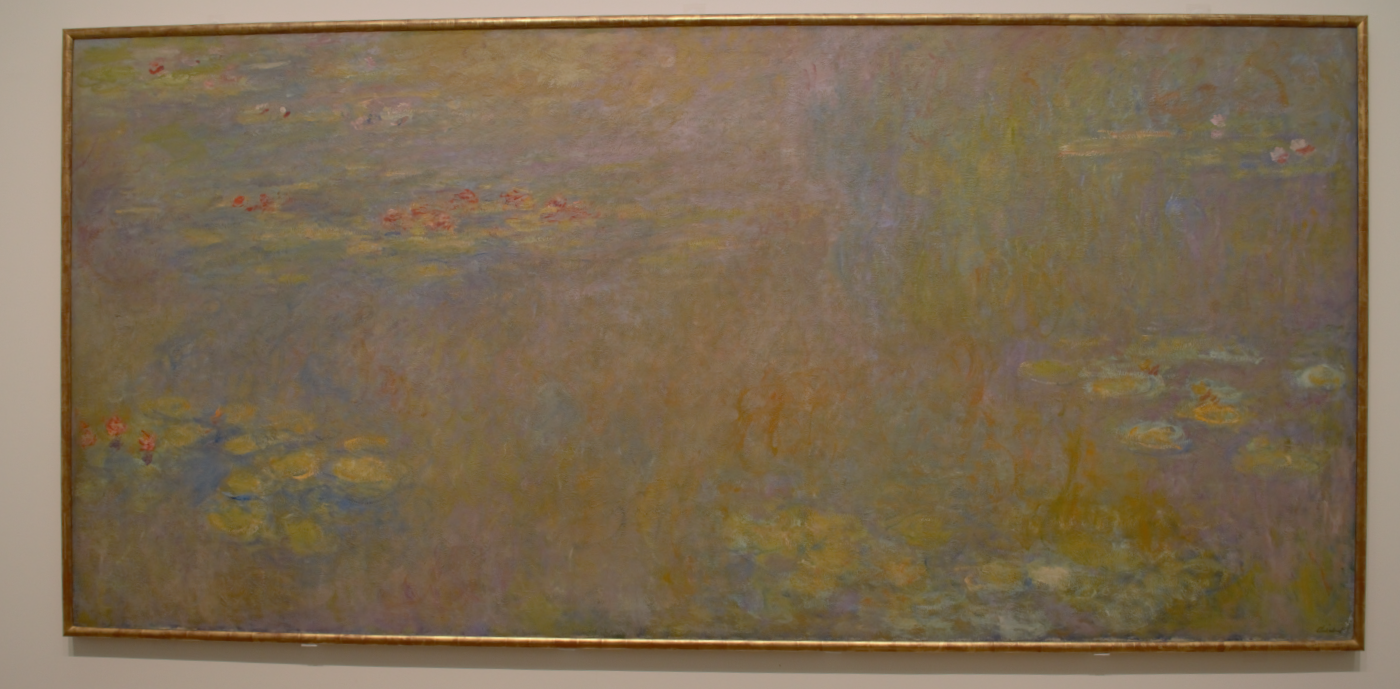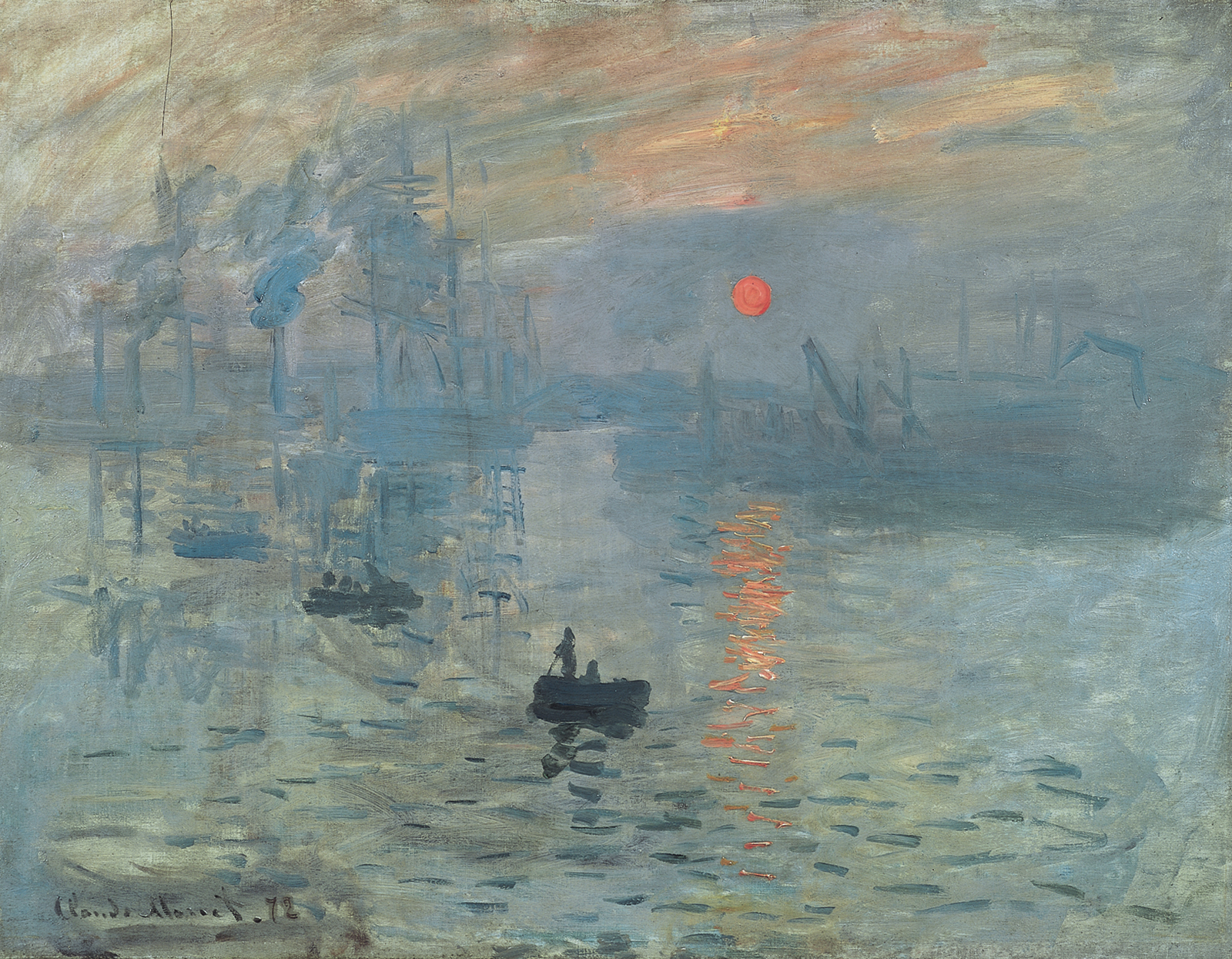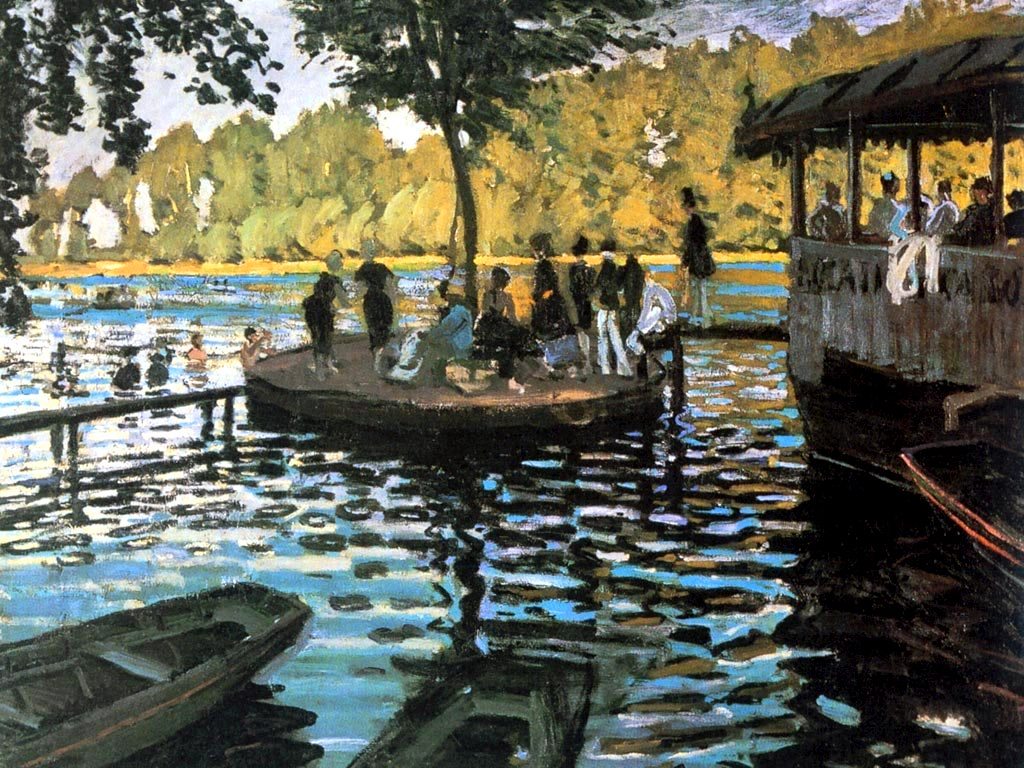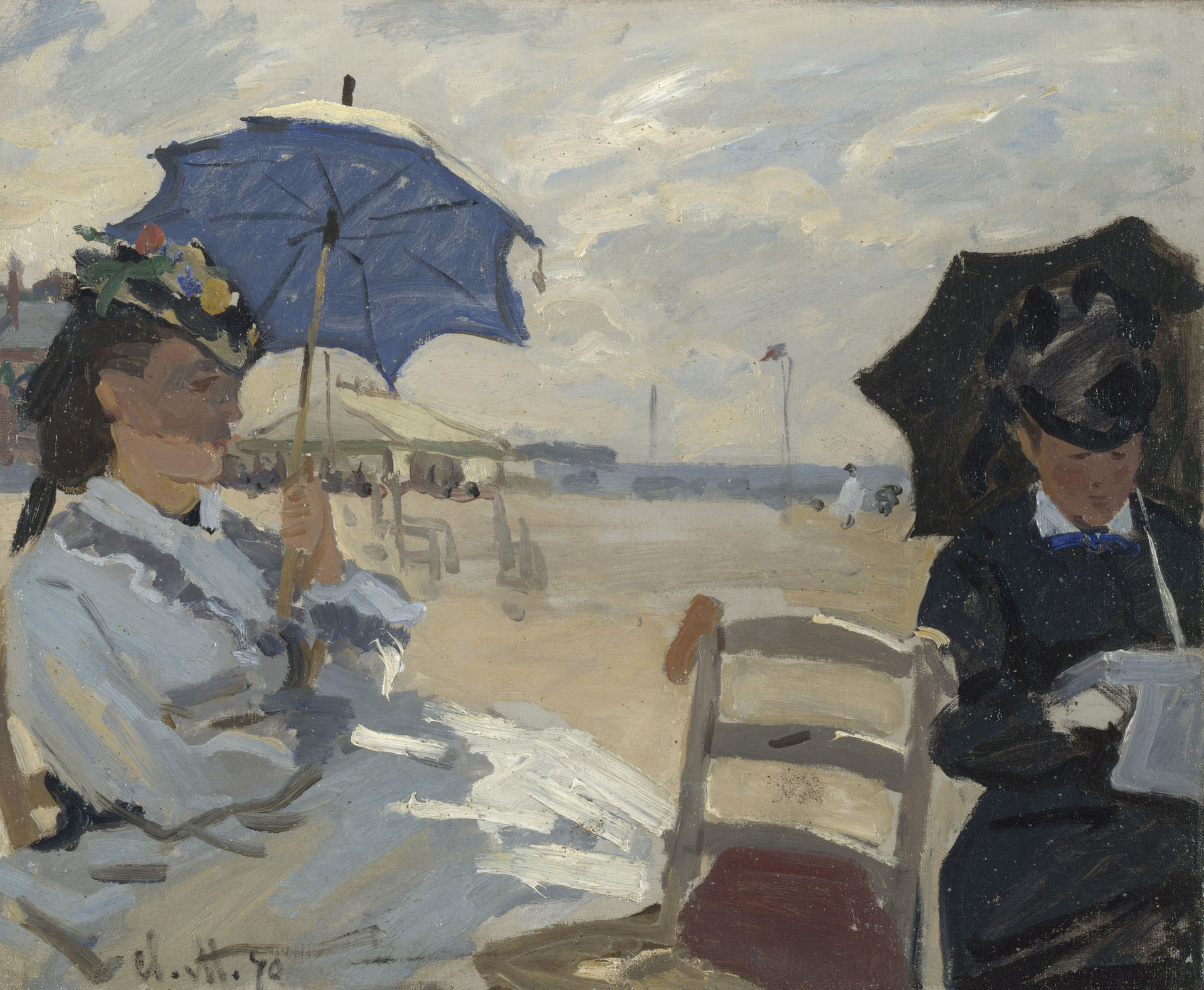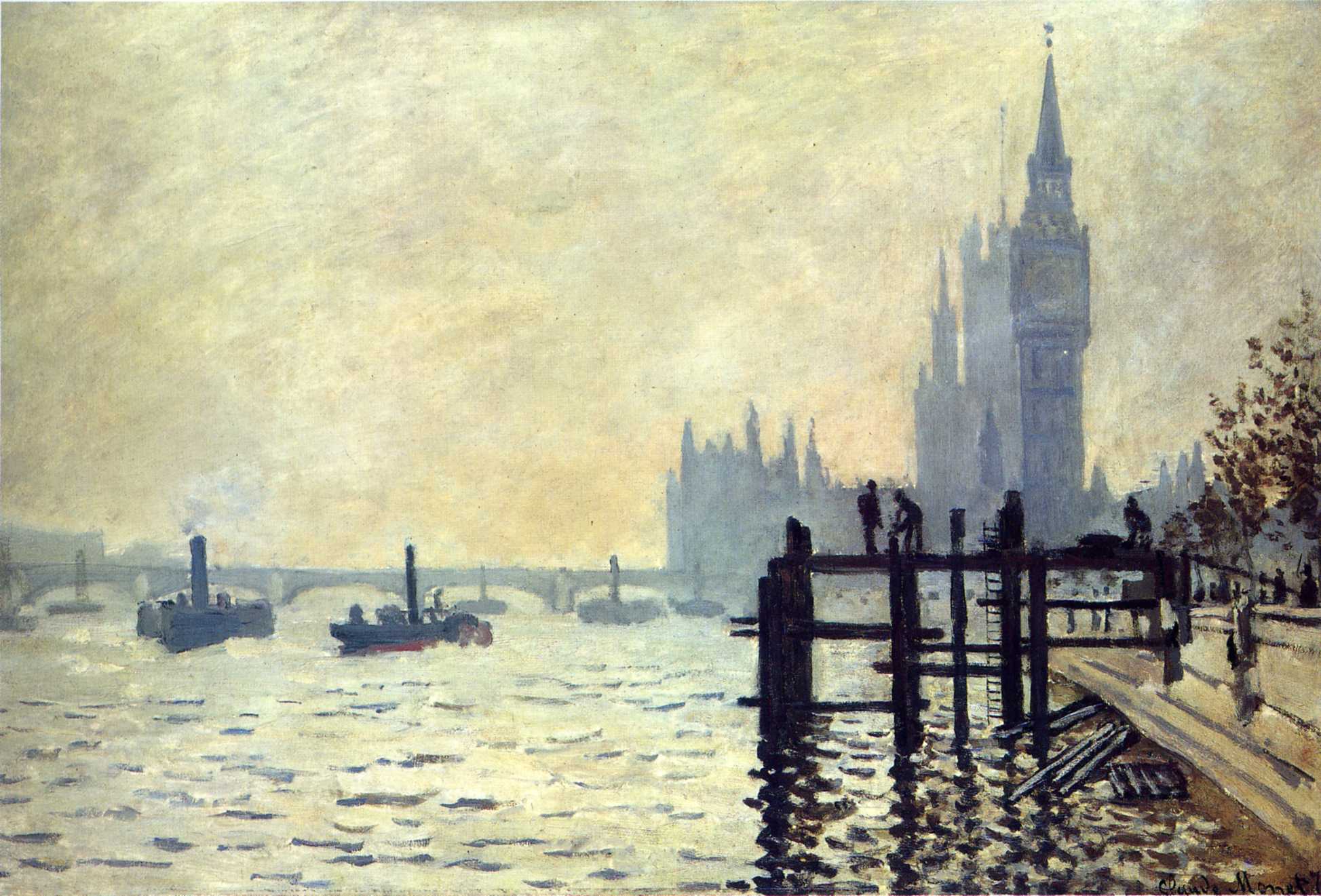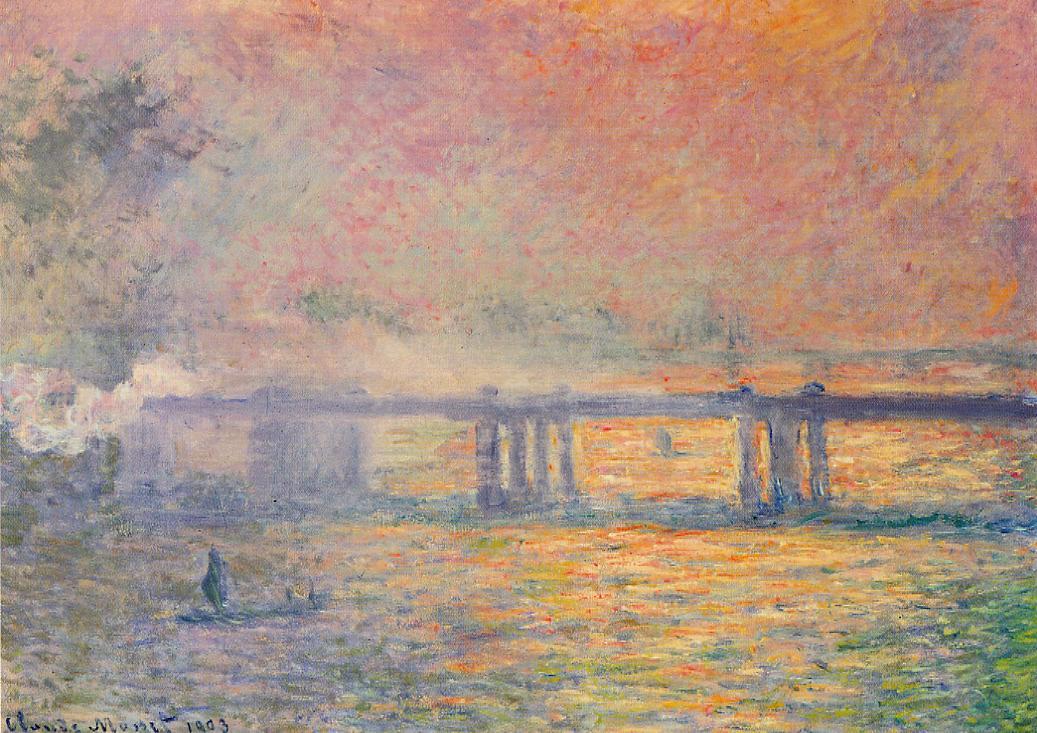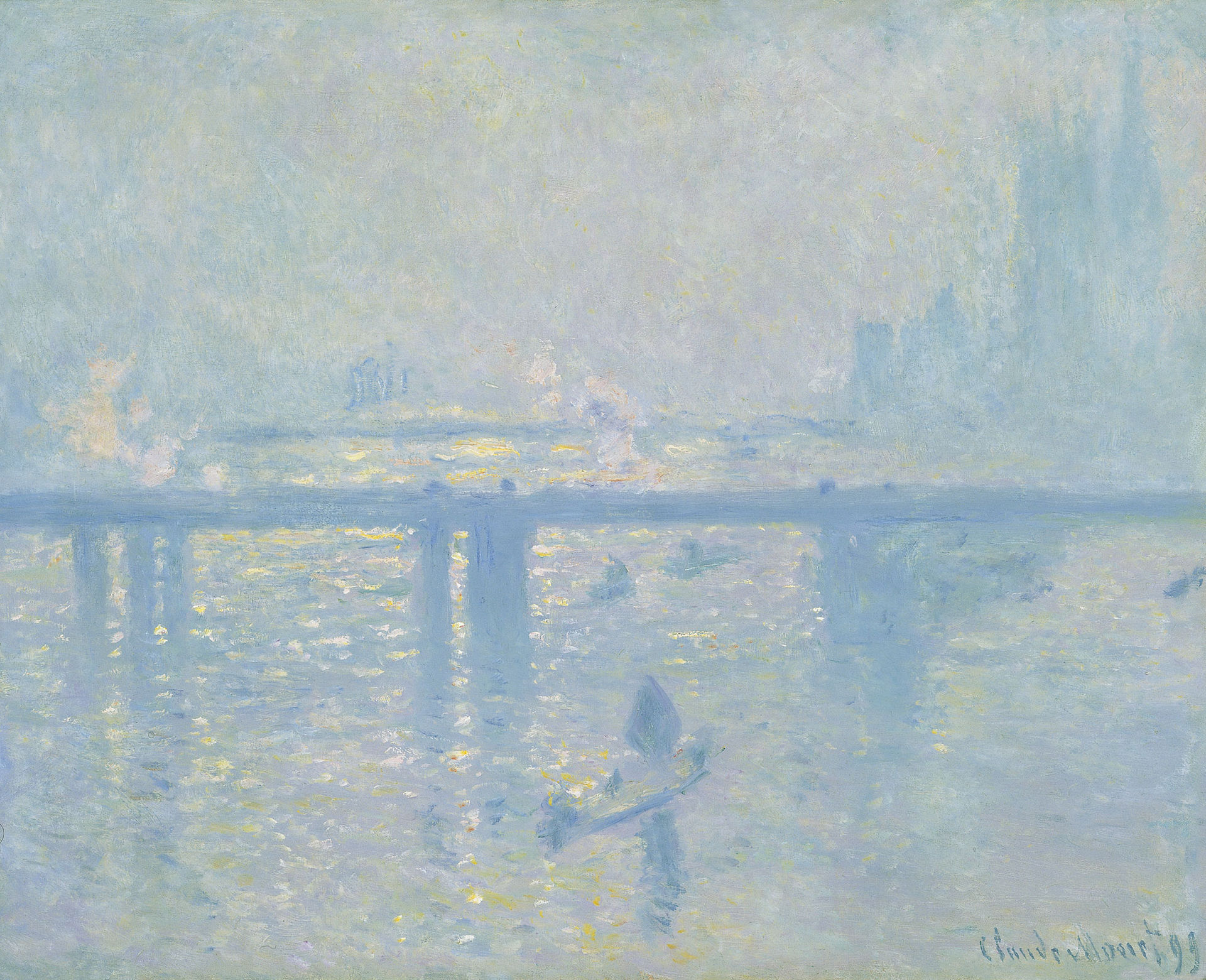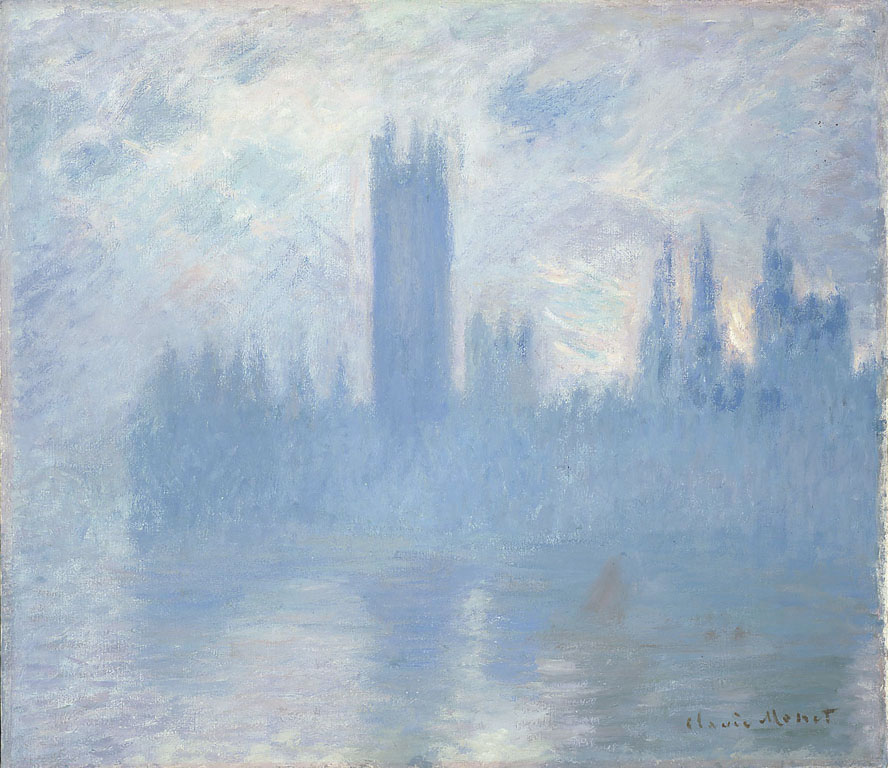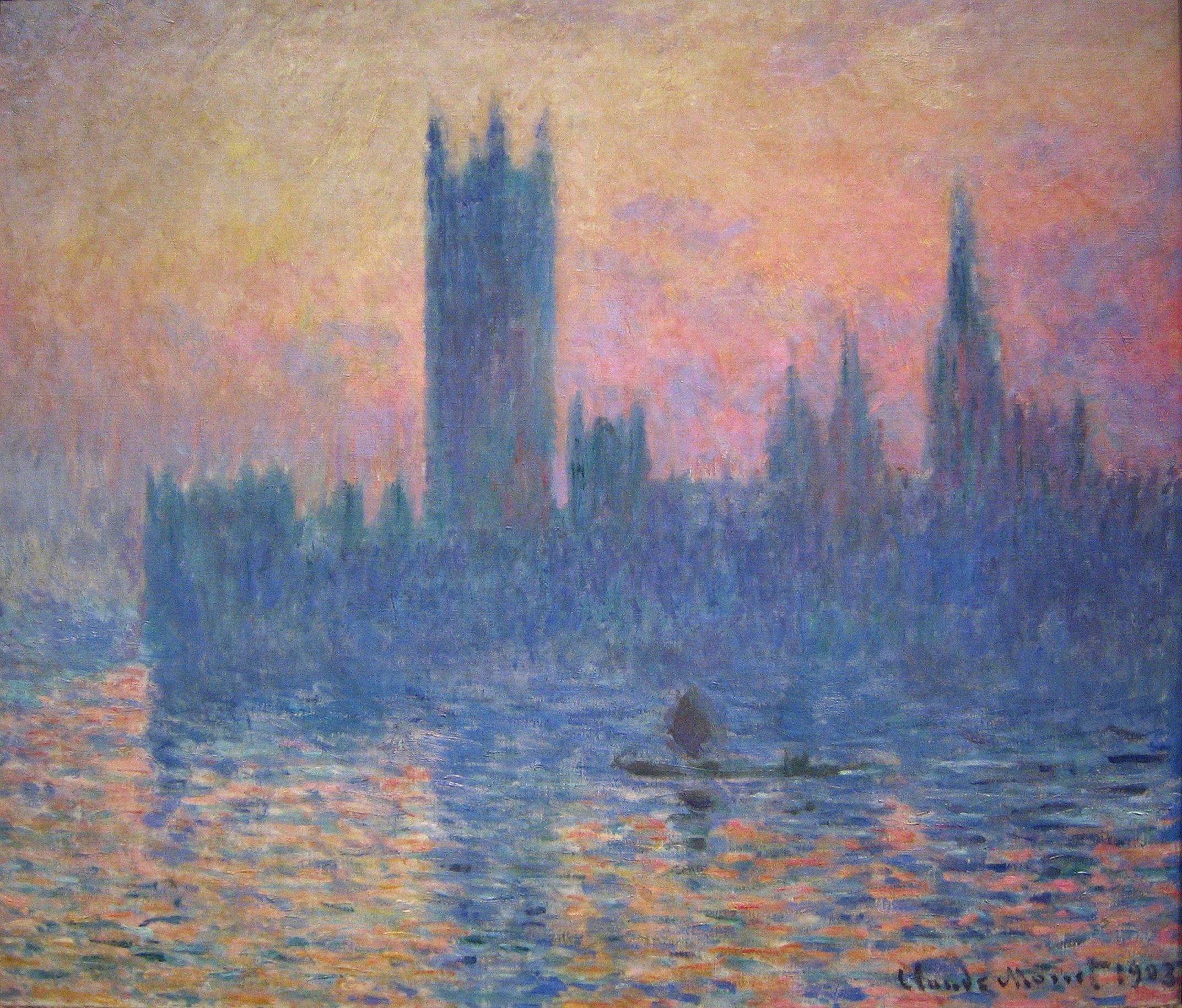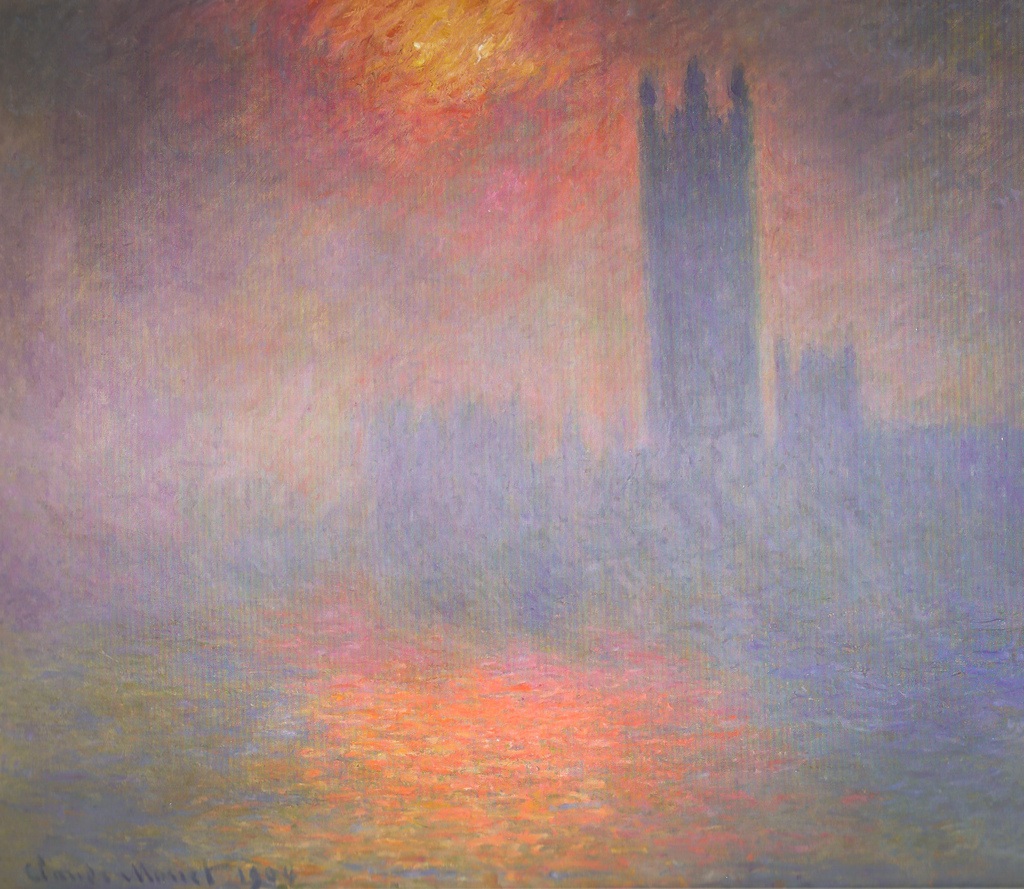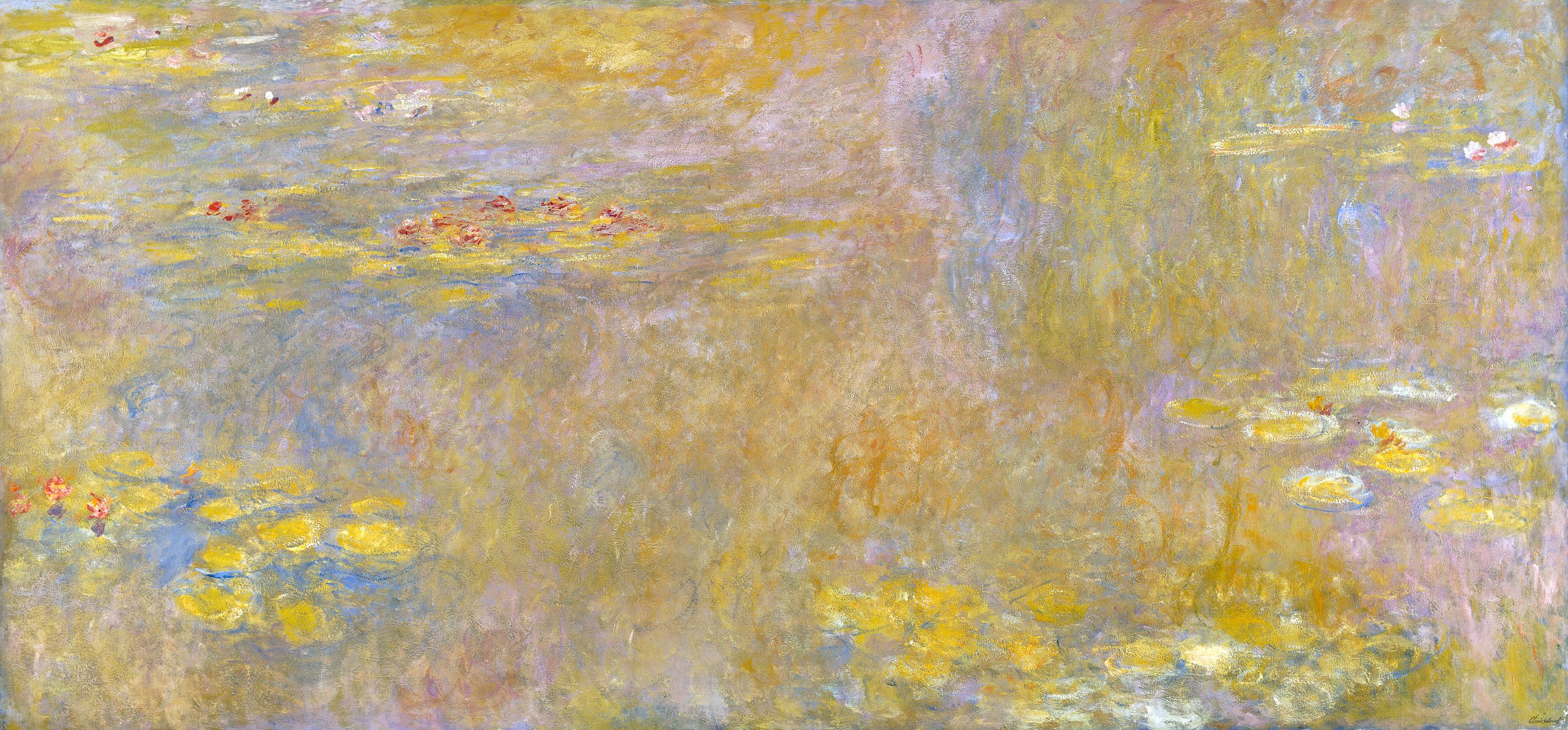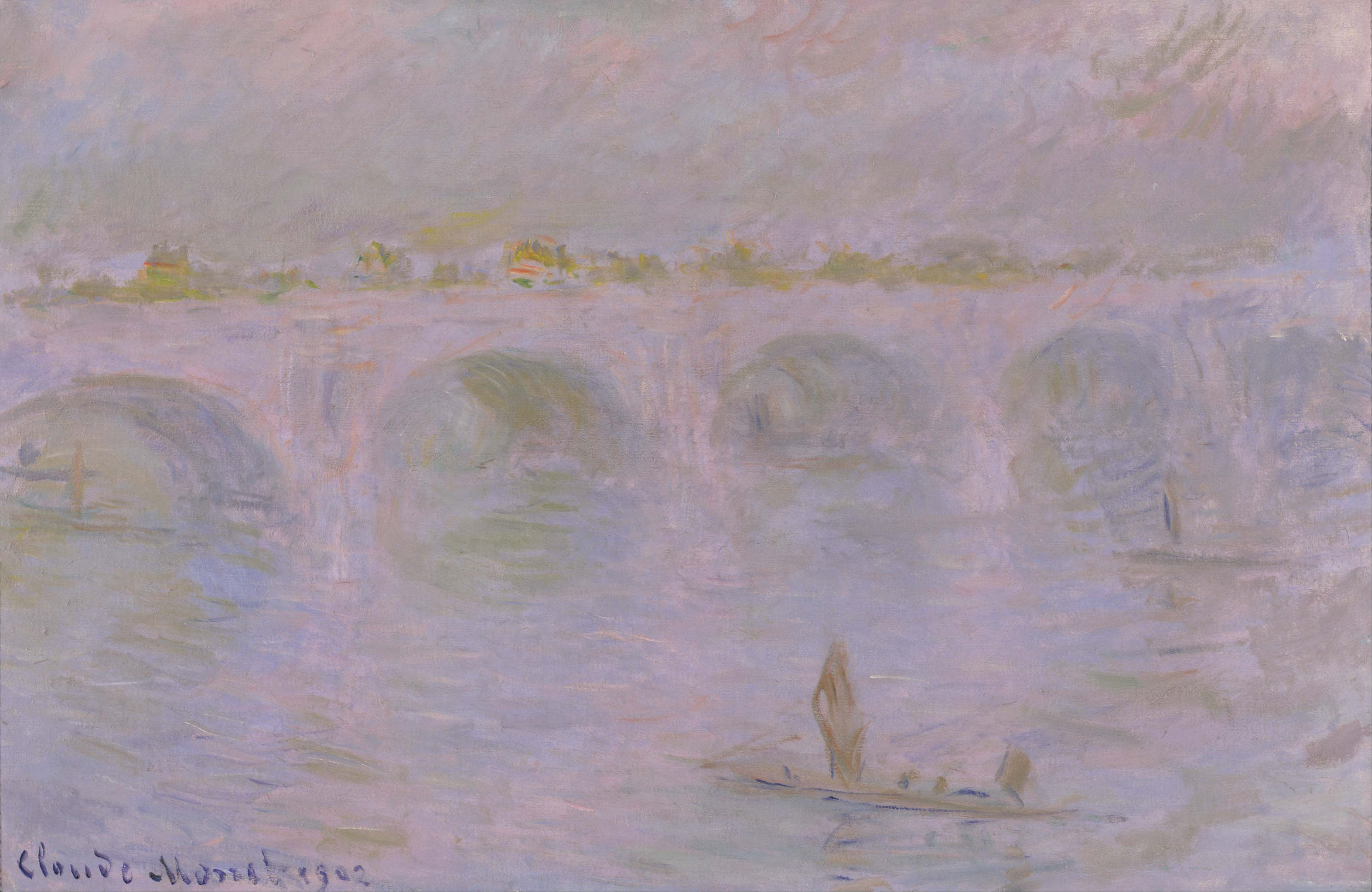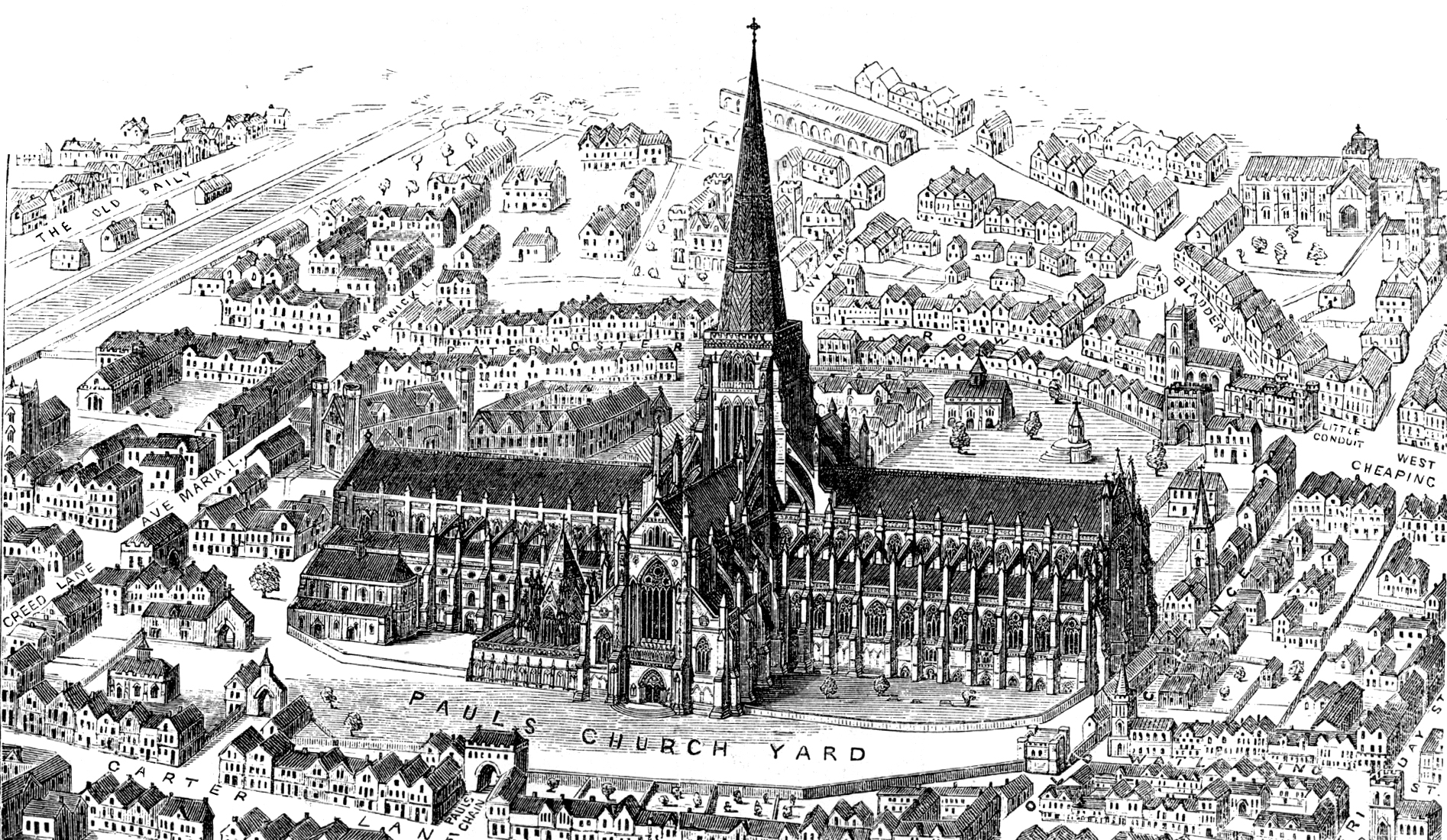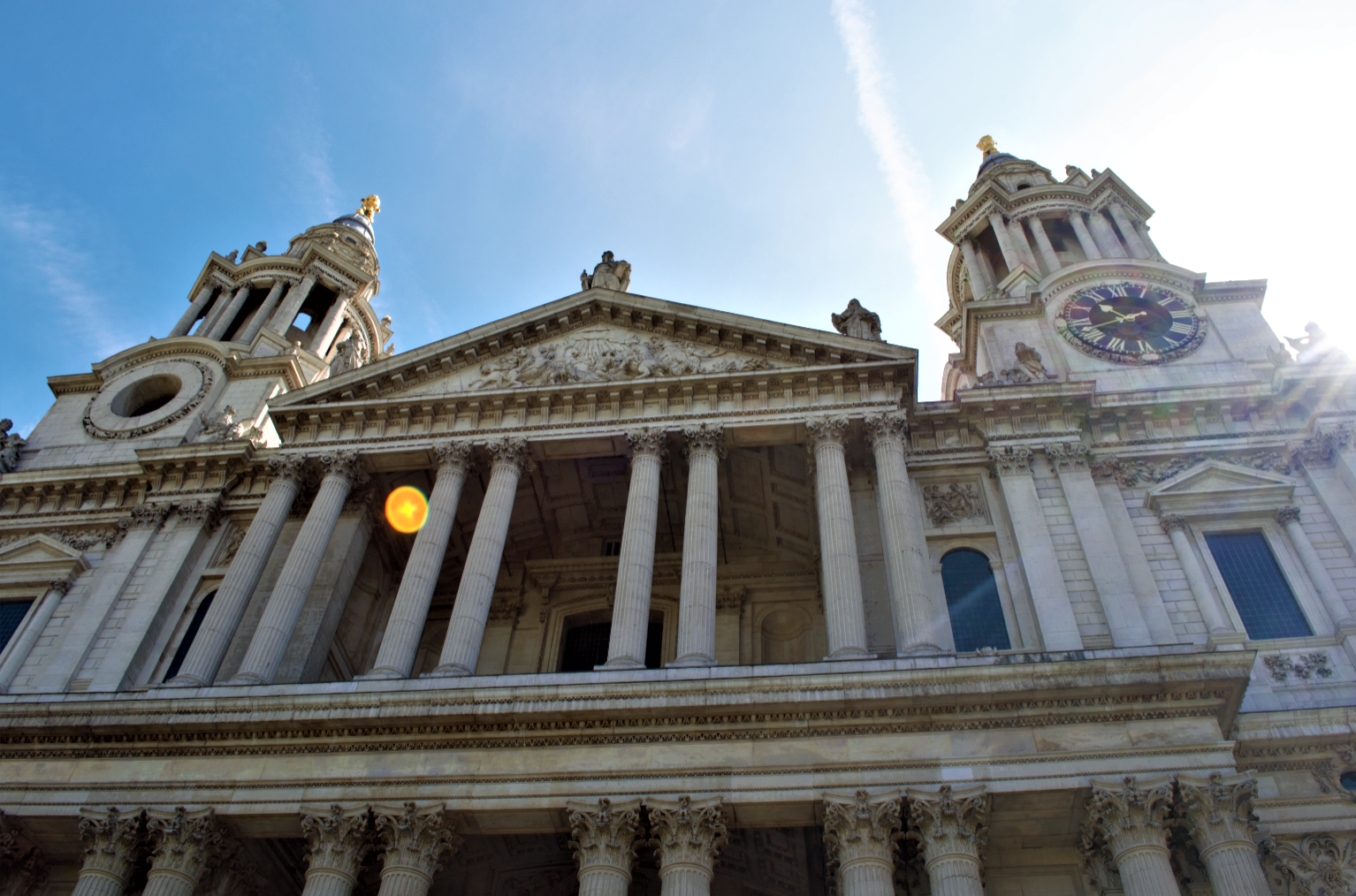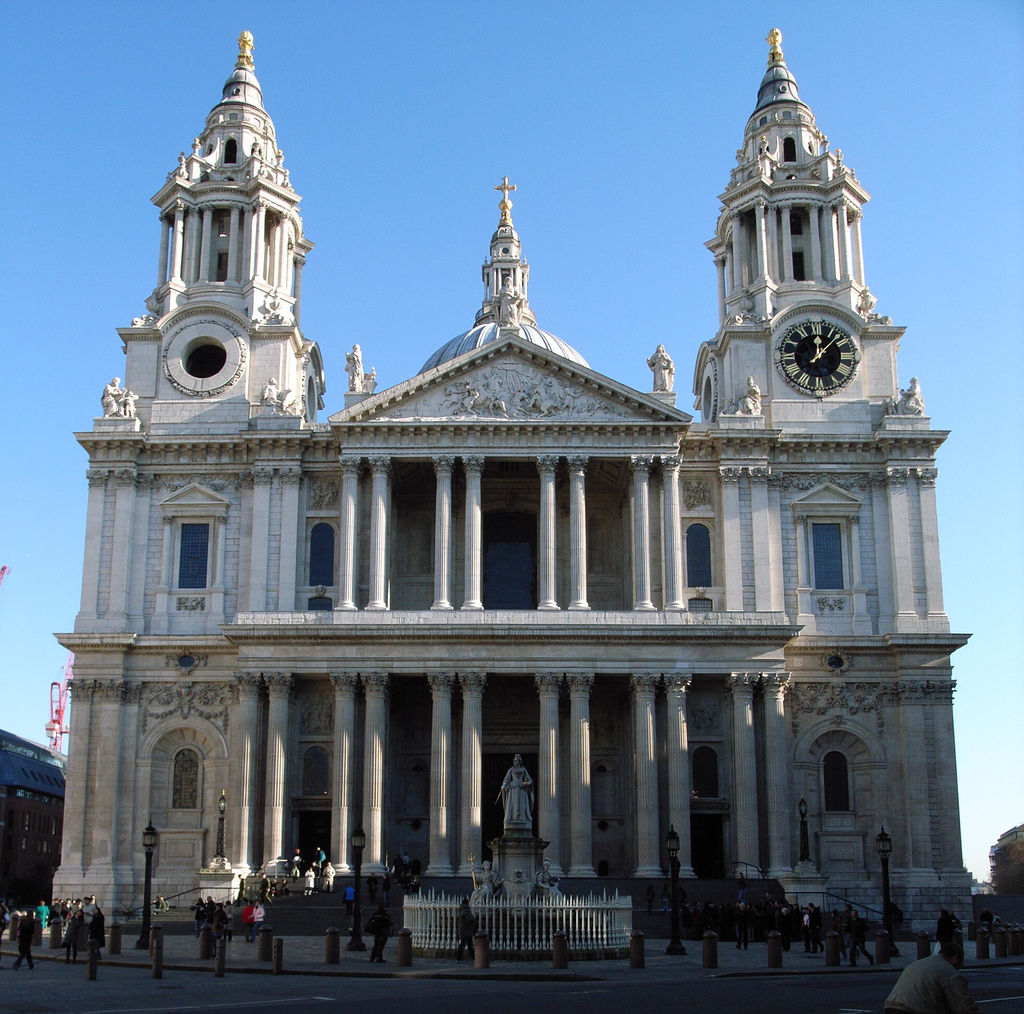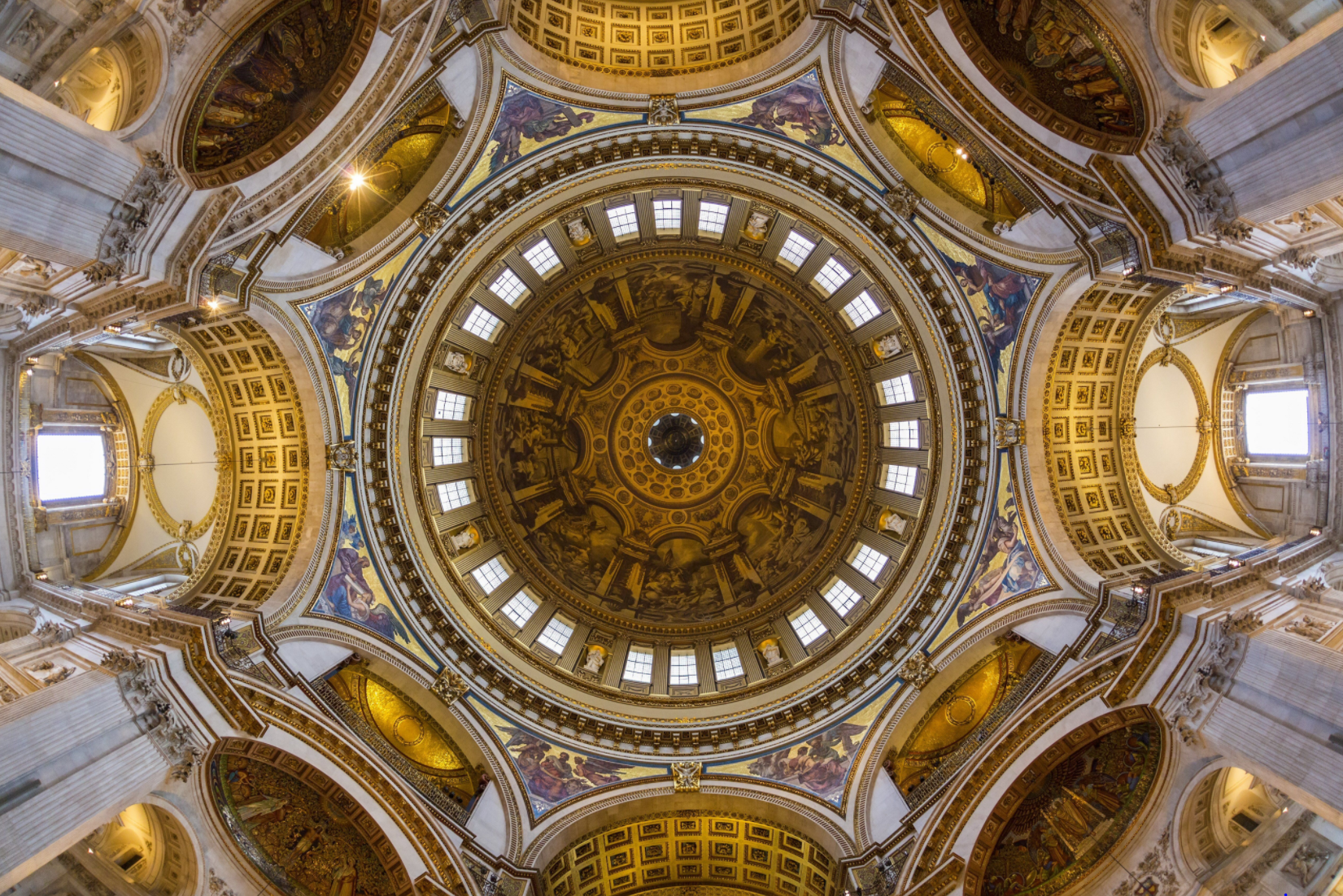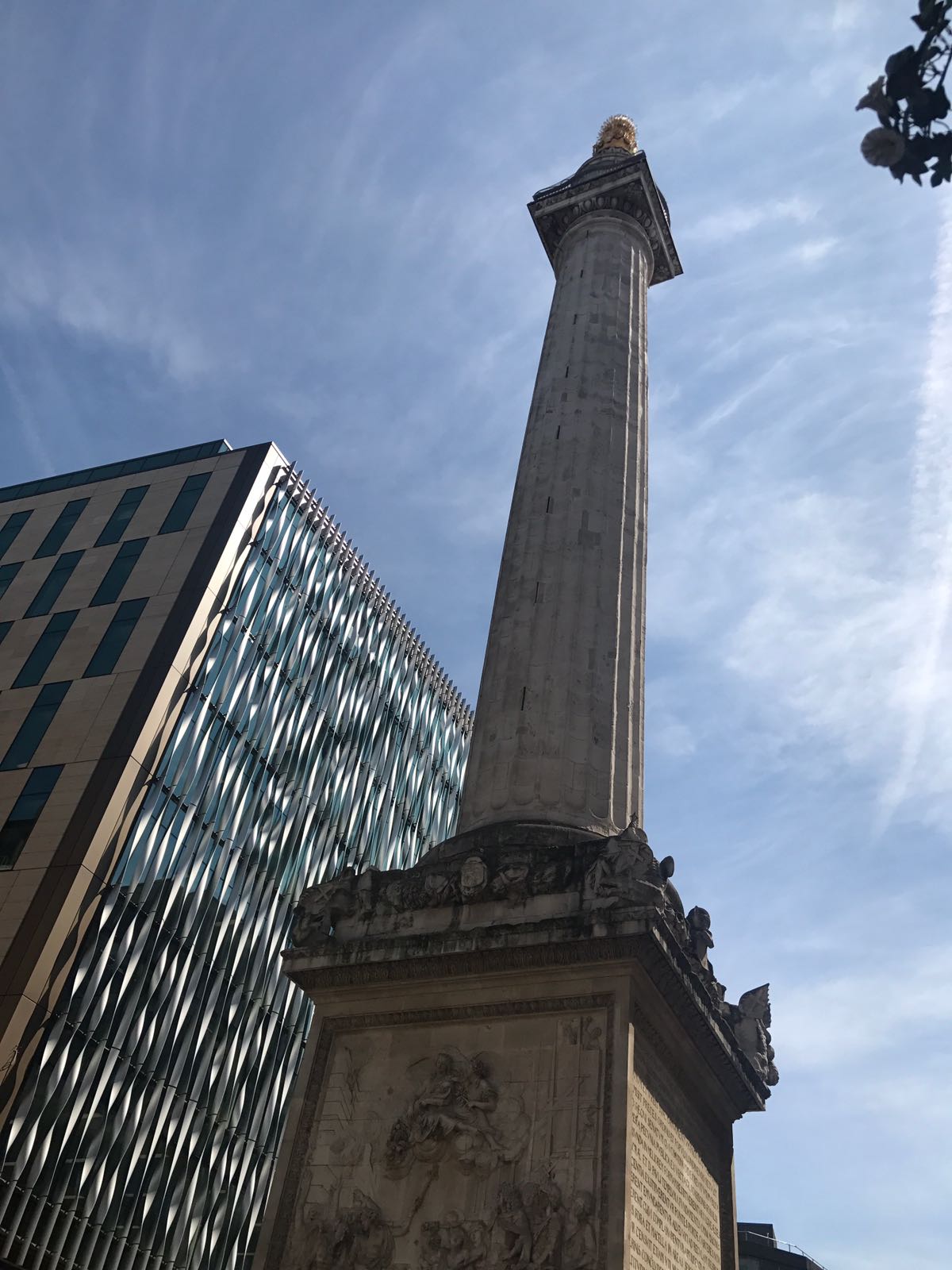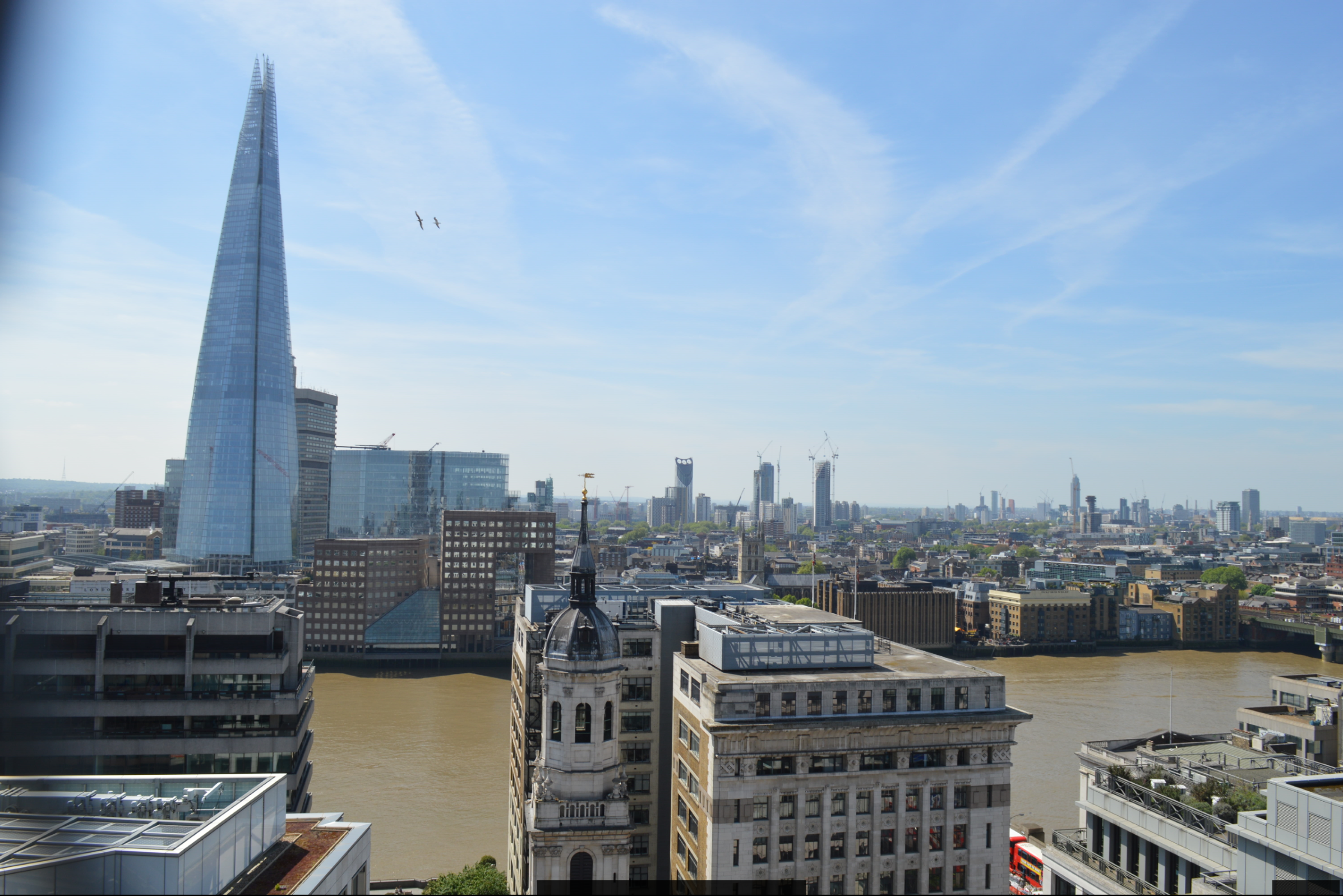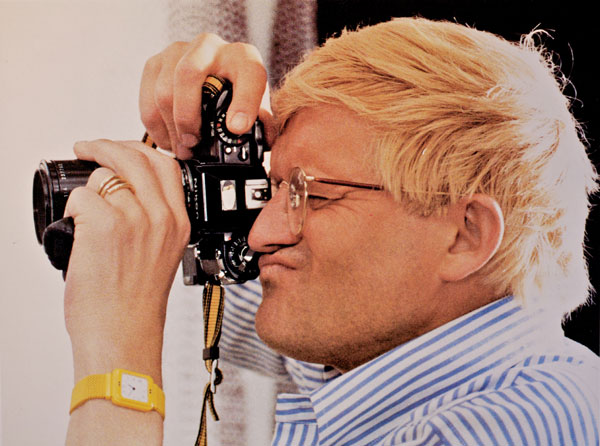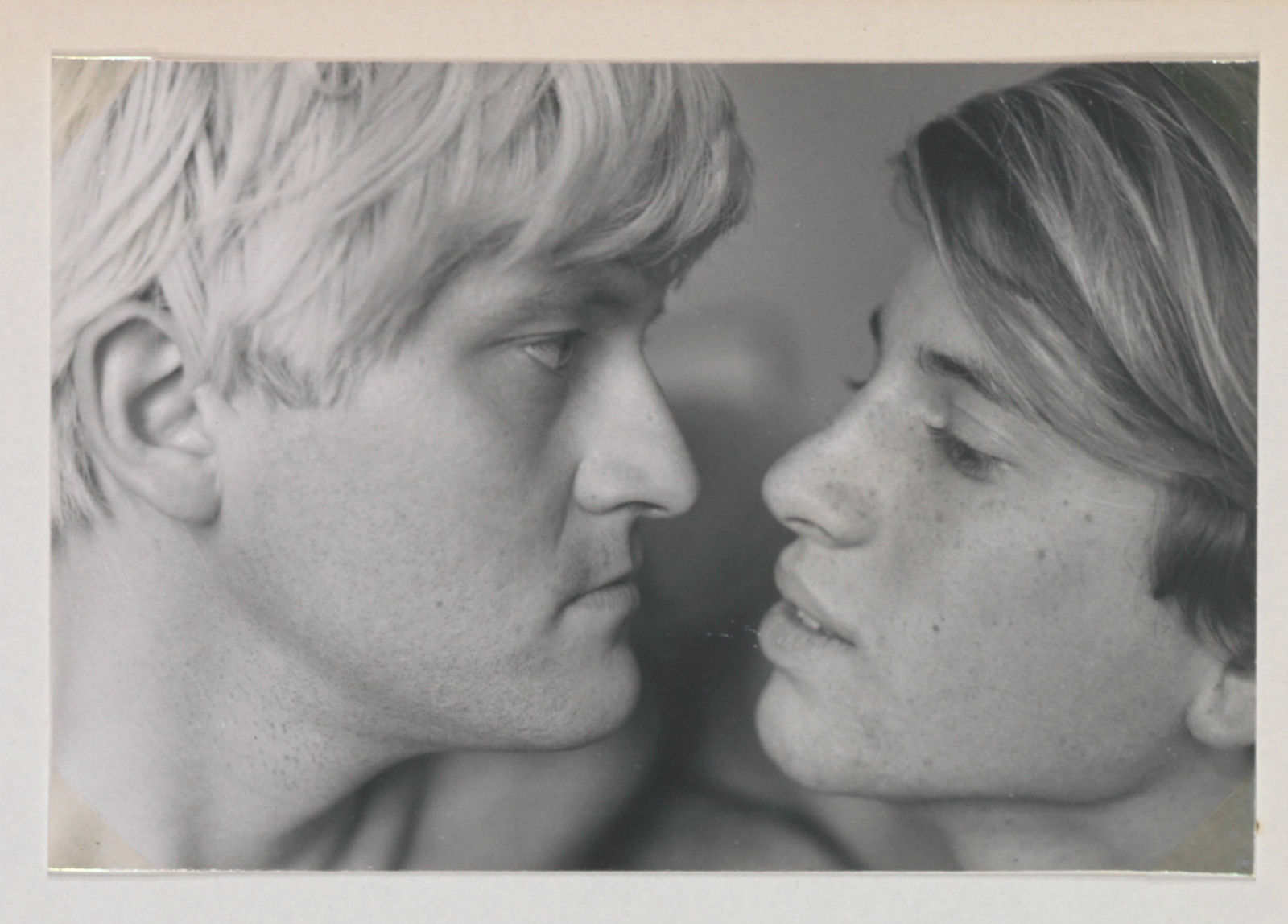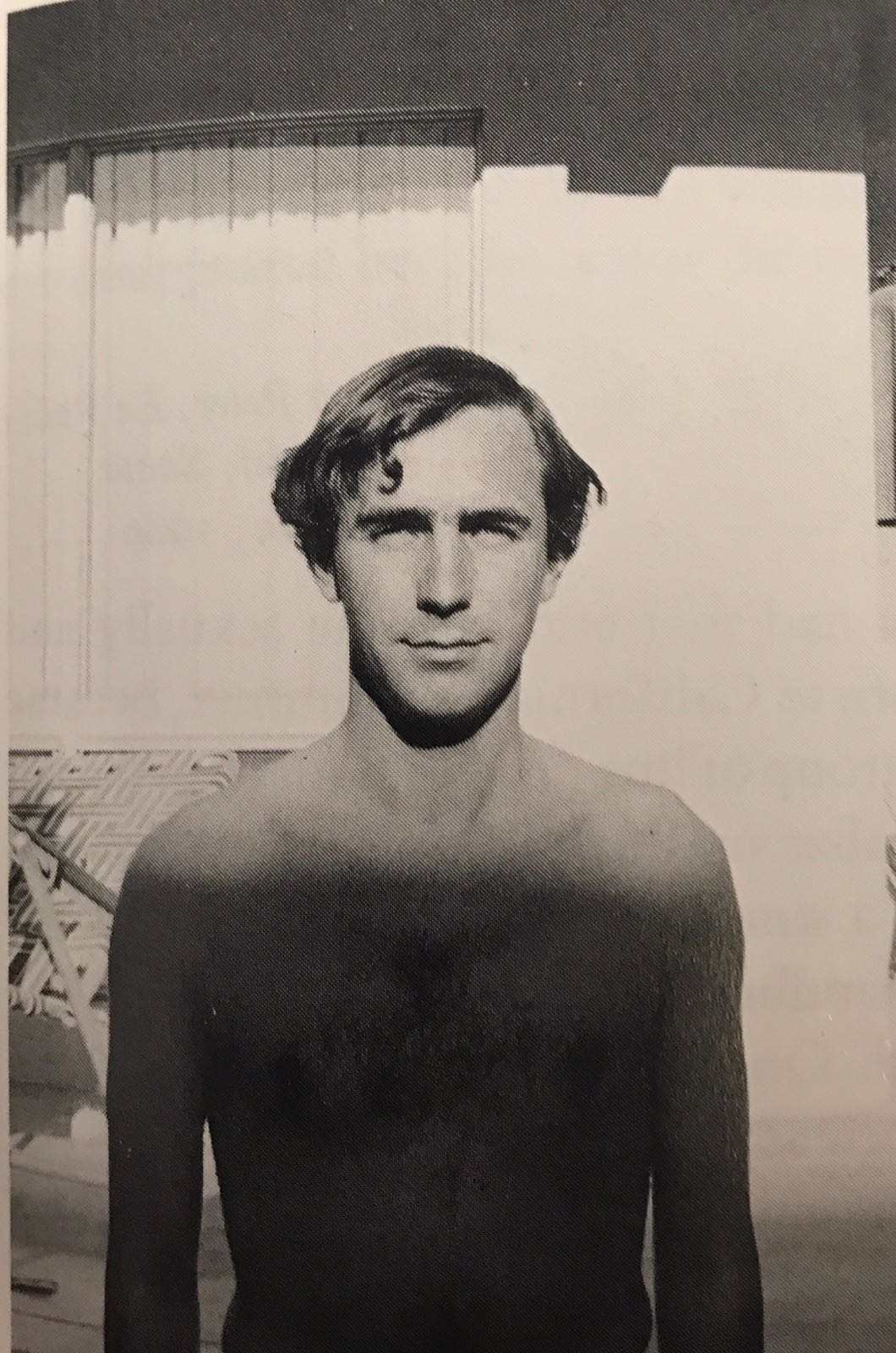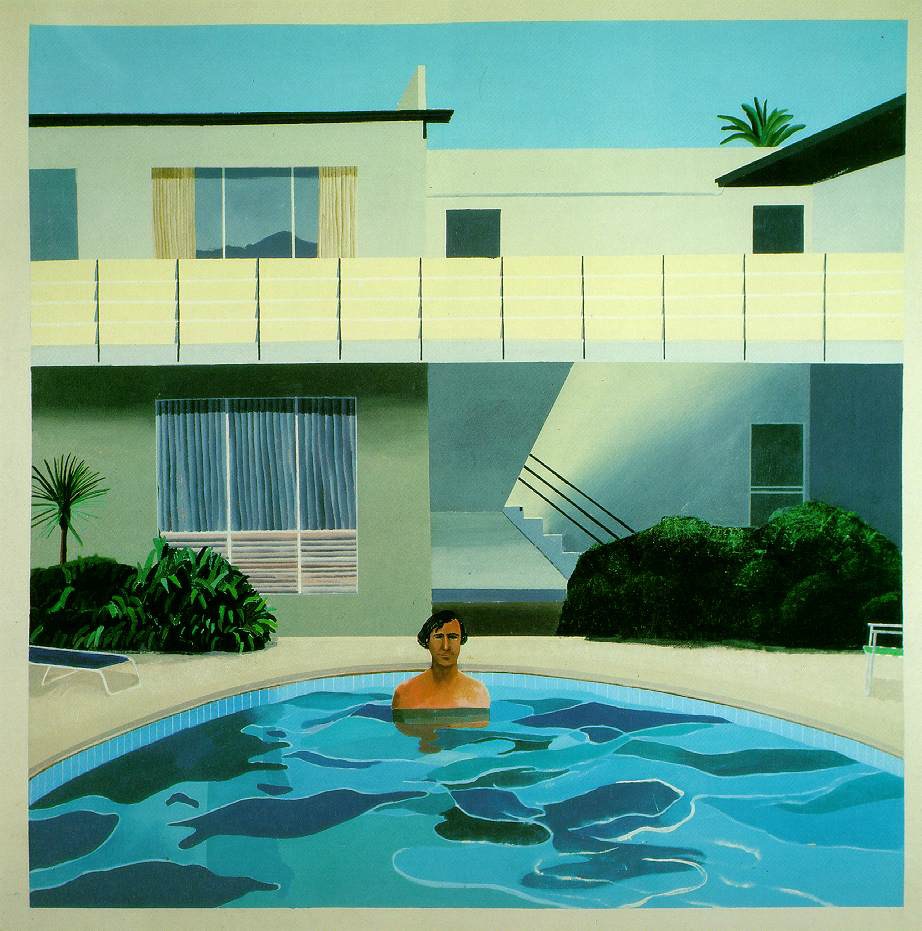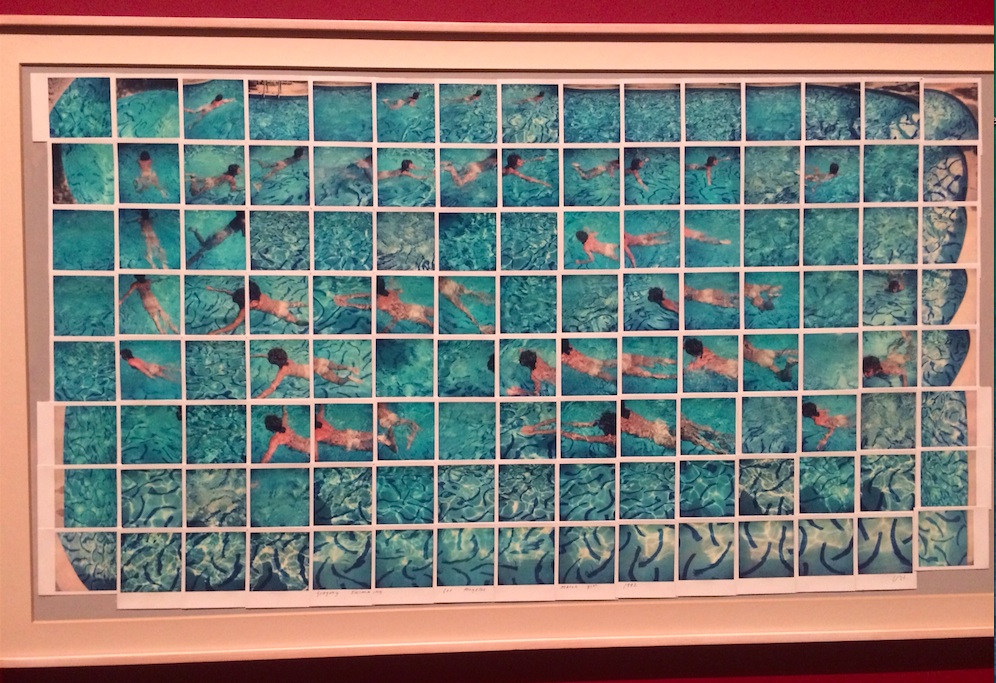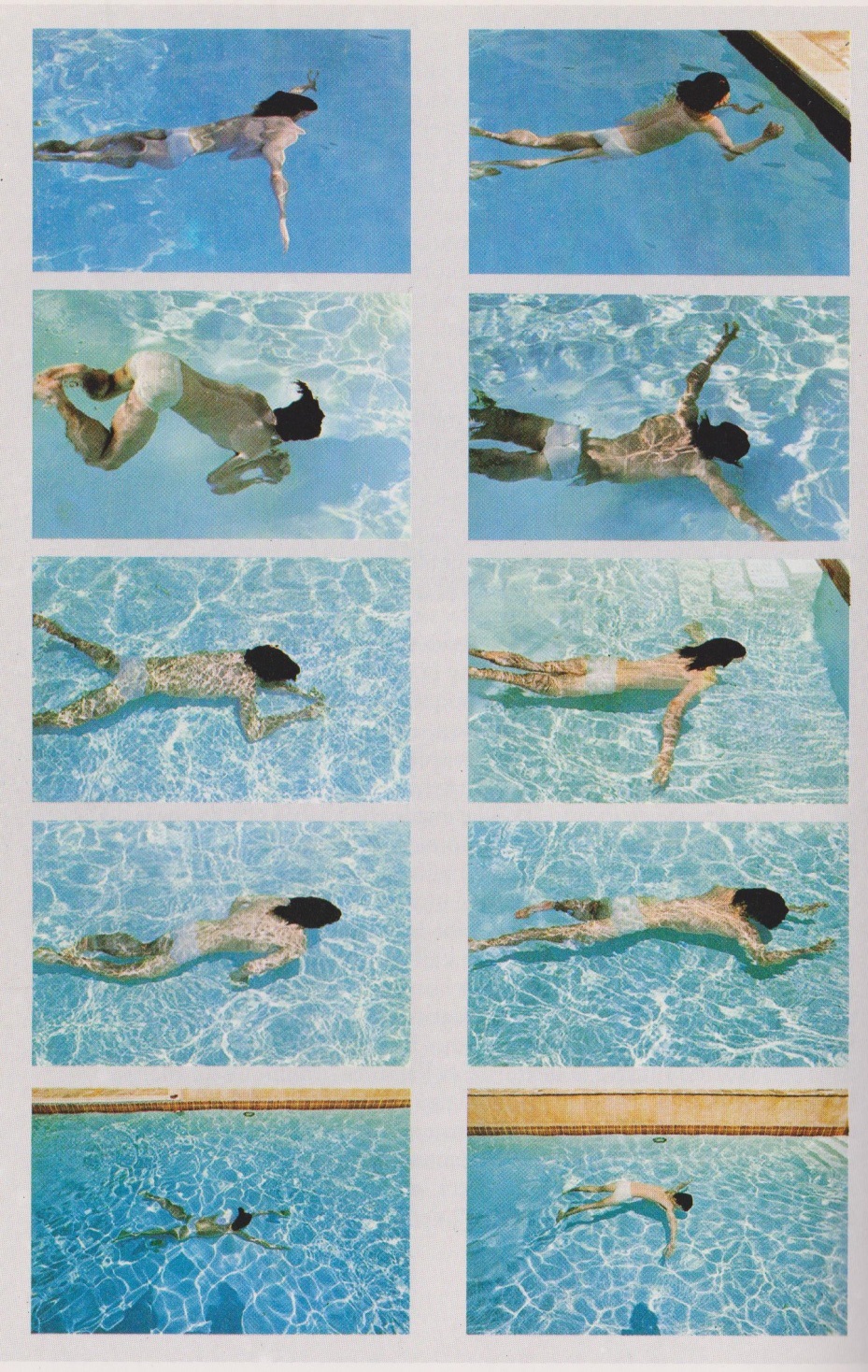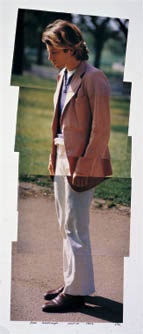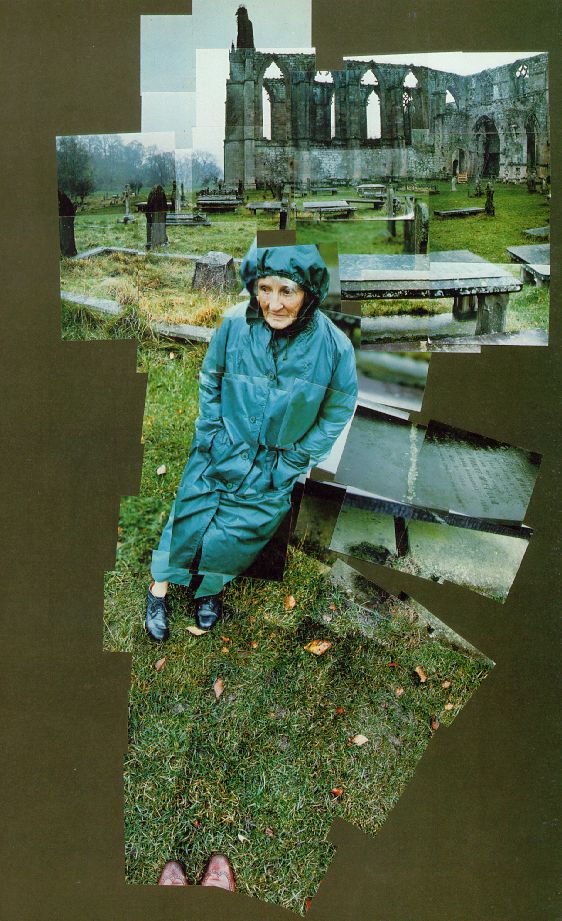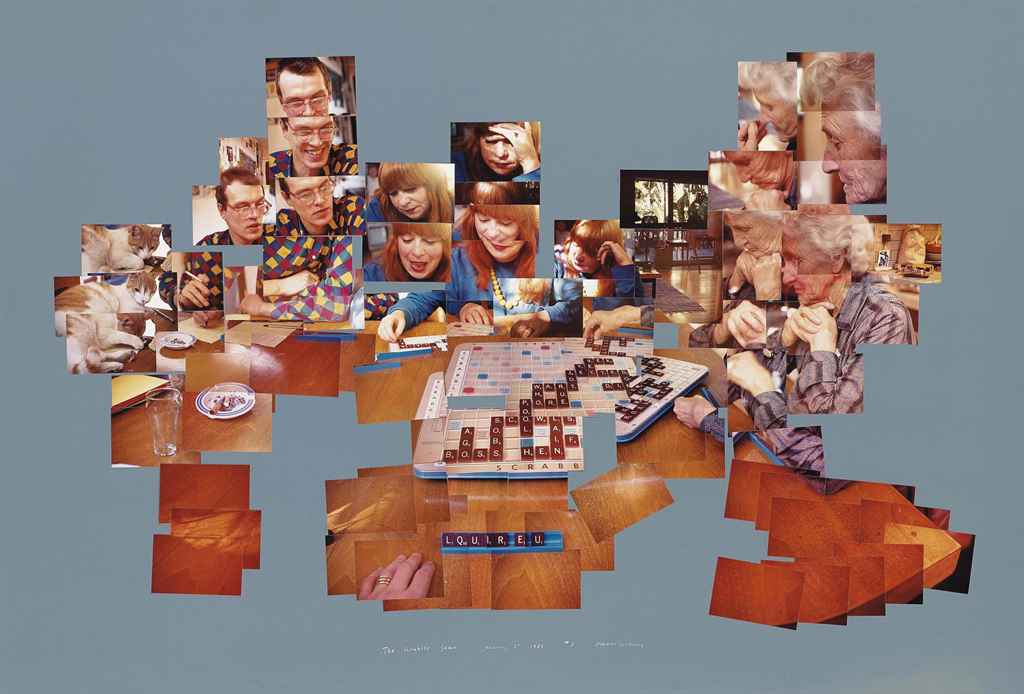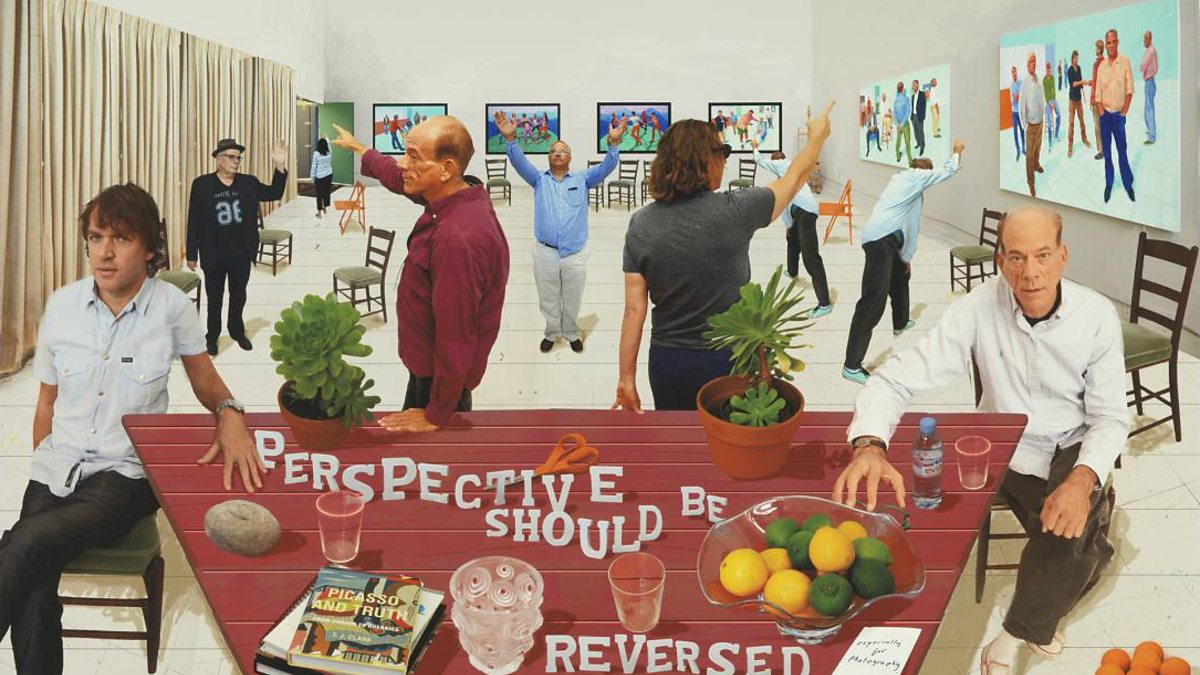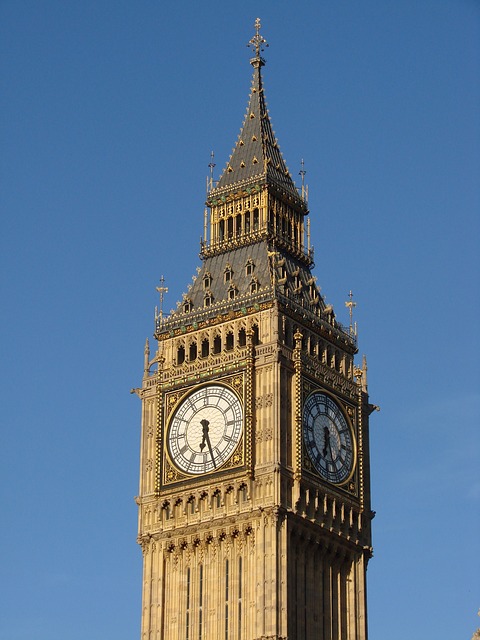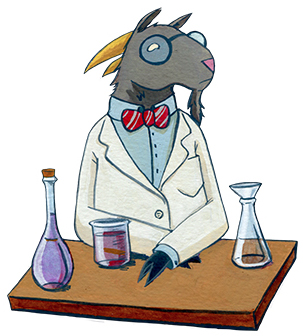Difference between revisions of "Adding Pigment"
From Londonhua WIKI
(→J.K. Rowling) |
|||
| Line 144: | Line 144: | ||
===J.K. Rowling=== | ===J.K. Rowling=== | ||
| + | JK.PNG | ||
| + | |||
| + | Joanne Rowling was born on 31st July 1965 at Yate General Hospital just outside Bristol, and grew up in Gloucestershire in England and in Chepstow, Gwent, in southeast Wales. | ||
| + | |||
| + | Her father, Peter, was an aircraft engineer at the Rolls Royce factory in Bristol and her mother, Anne, was a science technician in the Chemistry Department at Wyedean Comprehensive, where Jo herself went to school. | ||
| + | |||
| + | The young Jo grew up surrounded by books. “I lived for books,’’ she has said. “I was your basic common-or-garden bookworm, complete with freckles and National Health spectacles.” | ||
| + | |||
| + | |||
<br> | <br> | ||
''KING'S CROSS <br> A busy and crowded station. Full of people trying to go somewhere. Amongst the hustle and bustle, two large cages rattle on top oftwo laden trolleys.'' | ''KING'S CROSS <br> A busy and crowded station. Full of people trying to go somewhere. Amongst the hustle and bustle, two large cages rattle on top oftwo laden trolleys.'' | ||
| − | ''PLATFORM NINE AND THREE-QUARTERS <BR> And which is also busy, but instead of people in sharp suits going about their day, it's now wizards and witches in robes mostly trying to work out how to say good-bye to their beloved | + | ''PLATFORM NINE AND THREE-QUARTERS <BR> And which is also busy, but instead of people in sharp suits going about their day, it's now wizards and witches in robes mostly trying to work out how to say good-bye to their beloved project.'' |
<br><br> | <br><br> | ||
<br> | <br> | ||
Revision as of 11:57, 15 June 2017
Contents
Adding Pigment
by akgiacoman & sreyes
 Us |
Abstract
"A London Full of Colour" is a project that aims to portray a different reality of the daily life of London citizens. By picturing different scenarios in their reality comparing them to the reality that I choose for each one of them, the audience will be able to admire the beauty and uniqueness of the city from a different perspective. I have gone to international poetry competitions and taken painting and photography courses before arriving to college. This project will combine my favorite forms of expression through art and hopefully brighten the days of the viewers. The main message I wish to convey is that every single one of us chooses the reality they want to live in, meaning that the same place could be seen as a prison for our souls or a wonderland for our imagination. The goal of this Milestone, however, is to paint five acrylic surrealistic paintings of the most emblematic sites in London exaggerating the use of bright colors instead of the usual gray palette that is seen due to the weather.
Introduction
As you continue to think about your project milestones, reread the "Goals" narrative on defining project milestones from the HU2900 syllabus. Remember: the idea is to have equip your milestone with a really solid background and then some sort of "thing that you do". You'll need to add in some narrative to describe why you did the "thing that you did", which you'd probably want to do anyway. You can make it easy for your advisors to give you a high grade by ensuring that your project milestone work reflects careful, considerate, and comprehensive thought and effort in terms of your background review, and insightful, cumulative, and methodical approaches toward the creative components of your project milestone deliverables.
Section 1: Background
Artistic Component
Despite the widespread social anxiety caused by the fog, many artists found in it a source of inspiration from a wide broad of perspectives. For some fog represented a looming presence, alive and malignant.[1] The majestic London soon became a city where "no beautiful thing, on which art and trouble has been bestowed, can long keep its beauty"[2].
Artists From the Past
Being a city immersed in its own history, London has seen a lot happening through its streets, and digging in the past, it is easy to find a more gloomy, mysterious and heavy perspective of the fog, enraptured in all kinds of art. The following representatives were chosen because of their imminent and irrefutable success in their disciplines.
Monet
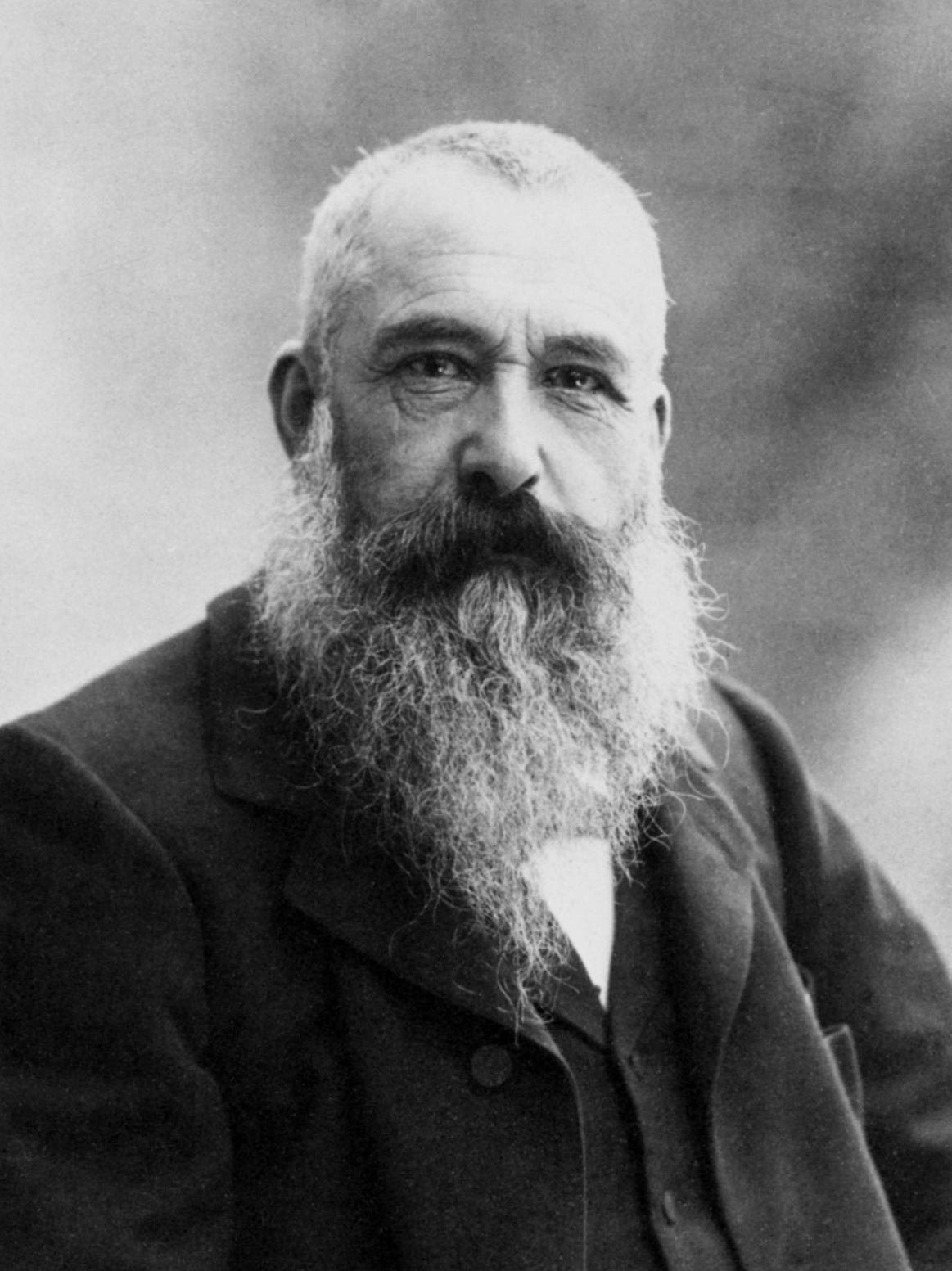 by Nadar | |
| date | 1 January 1899 |
|---|---|
Oscar-Claude Monet (14 November 1840 – 5 December 1926) was a founder of French Impressionist painting, and the most consistent and prolific practitioner of the movement's philosophy of expressing one's perceptions before nature, especially as applied to plein-air landscape painting. The term "Impressionism" is derived from the title of his painting Impression, soleil levant (Impression, Sunrise), which was exhibited in 1874 in the first of the independent exhibitions mounted by Monet and his associates as an alternative to the Salon de Paris.Claude Monet's paintings are among the most well known and the widely enjoyed works of art in the world. His pictures of the French landscape in radiant sunshine have captured the imagination of our age, and have often been taken to exemplify the twentieth century's favorite a movement, Impressionism. It has also been frequently assumed that such sun-filled canvases were produced by an equally sunny and artist, and Monet himself has not been subjected to same scrutiny as some of his more troubled contemporaries. During much of his lifetime Monet encourage this tendency, insisting on his right to privacy and refusing to indulge in theoretical speculations about his art. [3] He presented himself in many different guises through his long career and he had many changing opinions and feelings. For example, he was a really loyal friend but he could be very selfish at times and he could be a very conversationalist at times but other times he could be truculent. His art was affected by all this and his moods. Monet’s life revolved around his art.
Monet was born in Paris in 1840 in a region of 'good' Louis -Philippe, in an environment entirely dedicated to commerce. [4]. At a very young age his family moved to Le Havre. His mother died a few years after they moved. He was undisciplined and never followed the rules. He changed until he was fourteen when his art began. He drew flower in the margins of his papers and drew caricatures of his professors. He became famous all over Le Havre as a caricaturist. He was introduced to a low repute artist back then called Bouldin. He studied with him, analyzing forms and colors. He decided to become a painter. Monet wanted to go back to Paris to pursue his passion for art and his aunt Marie-Jeanne Lecadre helped him. He had an allowance with the condition to study art. He had a gregarious youth leading the Bohemian life in Paris. However, because of his behavior his family withdrew any financial aid. He went into military service to Algeria. He mentions how this changed his life. He saw the impression of light different after this service. He returned to Paris where he meet Camille Doncieux and in 1867 they had their first son together. He was penniless so went back to Le Havre with his new family. It was not easy but they found a home and got married. They had their weeding in Paris in summer of 1870, but that autumn the Franco-Prussian War and the treat of conscription persuaded them to flee to coastal resort of Trouville. later on they took refugee in London. They returned to France though Holland and moved around the county. Many of this locations where near the Seine River. Camille had a second child and shortly died. He was now in the company of Alice Hoschede. In 1883 Alice and her six children and Monet and his two children moved to Giverny, a small village overlooking water near the Seine. He purchased a house and property and began a vast landscaping project which included lily ponds that would become the subjects of his best-known works.He was a patriarch of his family. Later in his life, he preferred to have privacy in the gardens at Giverny where he found freedom. [5]
Almost all life Monet painted primarily areas where he lived. He changed a lot his subjects and how he depicted them. Earlier in his life he chose to depict contemporary landscapes. For example, during his time in London he produced some parks of central London and the River Thames. Here he shows the misty atmosphere of the capital on a spring day, with the Houses of Parliament and Westminster Bridge in the background.<rsf> They are contrasted with the jetty in the foreground casting broken shadows on the river, and the new foliage of the trees on the Embankment to the right. Around 1880 he had become preoccupied on raw nature and he also worried a lot in the effects of light. From around 1890 his prime concern became the ever-changing environment and colored air. Monet's ambition of documenting the French countryside led him to adopt a method of painting the same scene many times in order to capture the changing of light and the passing of the seasons. A clear example of this is Water Lilies.In 1899 he began painting the water lilies, first in vertical views with a Japanese bridge as a central feature, and later in the series of large-scale paintings that was to occupy him continuously for the next 20 years of his life. From 1909-1926 he produced this series of paintings that were mainly Water Lilies at different times of the day and from different perspectives. This where some of the most expansive, ambitious and luminous canvases of his long career. Monet described his 'Water-Lilies' as 'producing the effect of an endless whole, of a watery surface with no horizon and no shore'. Distance and perspective are abolished; a limitless expanse of water occupies our entire field of vision. [6] By this time he was so famous that collector from all over the world wanted his paintings. Through his life he wrote various letters when he was painting away from home. Letters that gave insights into his work.[7]
- His short stay in London resulted in the largest series of paintings that he had yet produced.
Tate Modern 1916
Charles Dickens
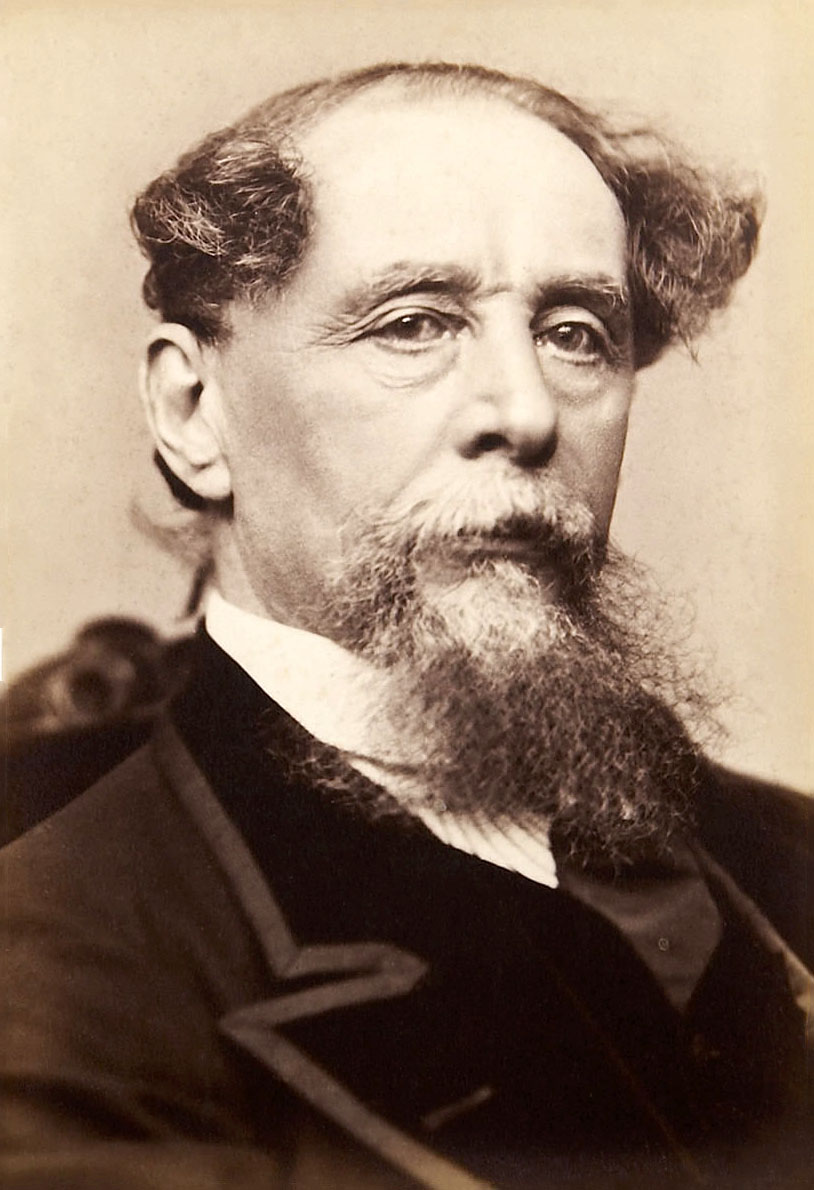 |
Charles Dickens was the second of eight children of a slim, dark-haired, pretty woman named Elizabeth Dickens, who on the night of his birth because, like her son, she loved to dance, had attended a ball. Charles's mother was a woman of energetic, aggressive self-definition and his father, who made his living as a clerk in the payroll office of the navy, performed as if he had been placed below the rewards that his talents and his love of life merited. John Dickens proudly took the unusual step of trumpeting in the local newspaper that his son had been born "on Friday, February 7th 1812, at Mile-end Terrace, in Portsmouth". In his adolescence, Dickens constructed the compensatory myth of Friday's special child, just as he would do later for David Copperfield. As an adult, he considered Friday his lucky day, needing to believe that he had been born with great expectations and the talent and will to realize them. Named Charles John Huffam Dickens, he never used the two middle names and "never" forgave his mother and father for them. [8] Dickens first visited London in January 1815 when John was transferred to The Navy Pay Office then located at Somerset House on Strand. "As the three year old boy absorbed the sights, smells and sounds of the City, and his family settled into life in the Capital, no one could have known that, in later life, the name of Charles Dickens would become synonymous with London, and that he was destined to become the undisputed chronicler of its streets, buildings and people."[9] Despite his parents’ best efforts, the family remained poor, however, that did not stop them from being happy in the early days. In 1816, they moved to Chatham, Kent, where young Charles and his siblings were free to roam the countryside and explore the old castle at Rochester. In 1822, the Dickens family moved to Camden Town, a poor neighborhood in London. By then, the family’s financial situation was starting to become tougher, as John Dickens had a dangerous habit of living beyond the family’s means. Eventually, in 1824, when Charles was only 12 years old, his father was sent to prison for debt, for which young Charles was forced to leave school to work at a boot-blacking factory alongside the River Thames. At the rundown, rodent-ridden factory, Dickens earned six shillings a week labeling pots of “blacking,” a substance used to clean fireplaces. It was the best he could do to help support his family. Looking back on the experience, Dickens saw it as the moment he said goodbye to his youthful innocence, stating that he wondered “how [he] could be so easily cast away at such a young age.” He felt abandoned and betrayed by the adults who were supposed to take care of him.[10]
These feelings and resentments would later become a recurring theme in his writing. Left to his own devices, he began exploring all parts of London and, in so doing, he became acquainted with all the highs and the lows that the Victorian Metropolis had to offer. He couldn't have known it then, but this period of his life was to be his making as he gained an unrivalled knowledge of London with which the majority of his fiction would later become indelibly linked. Shortly after that happened, his father received a family inheritance and used it to pay off his debts and Charles was allowed to go back to school. However it was not for long, as when Dickens was 15, in 1827, he was forced to work as an office boy to contribute to his family’s income. Though this was not what he would have wanted for himself, that job became an early launching point for his writing career for, as many other authors, he began his literary career as a journalist. His own father became a reporter and Charles began with the journals 'The Mirror of Parliament' and 'The True Sun'. Then in 1833 he became parliamentary journalist for The Morning Chronicle. With new contacts in the press he was able to publish a series of sketches under the pseudonym 'Boz'.[11] Dickens was hired to write short texts to accompany a series of humorous sporting illustrations by Robert Seymour, a popular artist. Seymour committed suicide after the second number, however, and under these peculiar circumstances Dickens altered the initial conception of The Pickwick Papers , which became a novel (illustrated by Hablot K. Browne, "Phiz," whose association with Dickens would continue for many years). In January 1837, Catherine gave birth to their first child who they named Charles while the Pickwick Papers continued in monthly parts through November 1837, and, to everyone's surprise, it became an enormous popular success. Dickens proceeded to marry Catherine Hogarth on April 2, 1836, who would give him ten children, and during the same year he became editor of Bentley's Miscellany, published (in December) the second series of Sketches by Boz, and met John Forster, who would become his closest friend and confidant as well as his first biographer. [12]
After the success of Pickwick, there was no looking back for Dickens. He decided to pursue a full-time career as a novelist, producing work of increasing complexity at an incredible rate, although he continued, as well, his journalistic and editorial activities. He published Oliver Twist (1837-39), Nicholas Nickleby (1838-39), The Old Curiosity Shop and Barnaby Rudge as part of the Master Humphrey's Clock series (1840-41), in monthly instalments before being made into books. In 1842 he travelled with his wife to the United States and Canada, which led to his controversial American Notes (1842) and is also the basis of some of the episodes in Martin Chuzzlewit. Dickens's series of five Christmas Books were soon to follow; A Christmas Carol (1843), The Chimes (1844), The Cricket on the Hearth (1845), The Battle of Life (1846), and The Haunted Man (1848). After living briefly abroad in Italy on 1844 and in Switzerland on 1846 Dickens continued his success with Dombey and Son (1848) and the largely autobiographical David Copperfield (1849-50). [13]In 1850 he helped found the Guild of Literature and Arts to assist struggling artists. The Guild raised money through public theatrical performances, and Dickens was a regular performer at Guild events. "He loved the stage, and it was this love of dramatic performance which he brought to public readings of his works. " [14] In January 1857 he directed and acted in Wilkie Collins’s play The Frozen Deep and as he researched professional actresses to play the female parts, he met the young actress Ellen Lawless Ternan who became his intimate friend and later his lover. The following year Dickens formally separated from his wife, and viciously attacked her in an article published in several newspapers. His daughter Kate later recalled, ‘My father was like a madman… He did not care a damn what happened to any of us. Nothing could surpass the misery and unhappiness of our house.’ His younger sister-in-law, Georgina Hogarth, became his housekeeper, and rumours began to circulate that it was his affair with her that had caused his marital breakdown.[15] Despite the mess of his personal life, he continued to publish successful books such as Little Dorrit (1857), A Tale of Two Cities (1859), and Great Expectations (1861).
In 1865, Dickens’s clandestine life came close to exposure when was in a train accident from which he would never fully recover. He, Ellen and her mother were travelling back from France and their train was involved in a serious accident at Staplehurst in Kent. Although Dickens was really close to dying, he refused to attend the subsequent inquest, probably for fear it would make public the fact he was travelling with Ellen Ternan. Despite his fragile condition, he continued to tour until 1870. On June 9, 1870, Dickens had a stroke and, at age 58, died at Gad’s Hill Place, his country home in Kent, England. He was buried in Poet’s Corner at Westminster Abbey, with thousands of mourners gathering at the beloved author’s gravesite. Scottish satirical writer Thomas Carlyle described Dickens’ passing as “an event worldwide, a unique of talents suddenly extinct.” At the time of Dickens’ death, his final novel, The Mystery of Edwin Drood, was left unfinished.[16]
Charles Dickens is, still today, very loved for his great contribution to classic English literature. His epic stories, vivid characters and exhaustive description of contemporary life are amazingly accurate and unforgettable. However, Dickens is credited with a passion for London and according to Michael and Mollie Hardwick in their book Dickens's England, he entertained no such thing. His education for living was in her streets, he was a natural Cockney, though not a native; he greedily observed and absorbed the city, knew it with extensive and peculiar knowledge; but he did not, in any romantic sense, love it. A similar infatuation for old buildings has been attributed to him; in fact he disliked them. However, despite disliking the antique, Dickens's marvelous reporter's eye took in every detail of it and translated it into word-pictures more vivid than any photograph. That they are not accurate pictures does not matter. Dickens was no content to describe; he created. What is familiarly and affectionately known as "Dickens's London" is not, in fact, the London of his day at all, but a fantastic city of his own building. He did not have a loving eye for the places, the city merely provided him backgrounds for his characters, and for his studies of people. [17]
Sir Christopher Wren
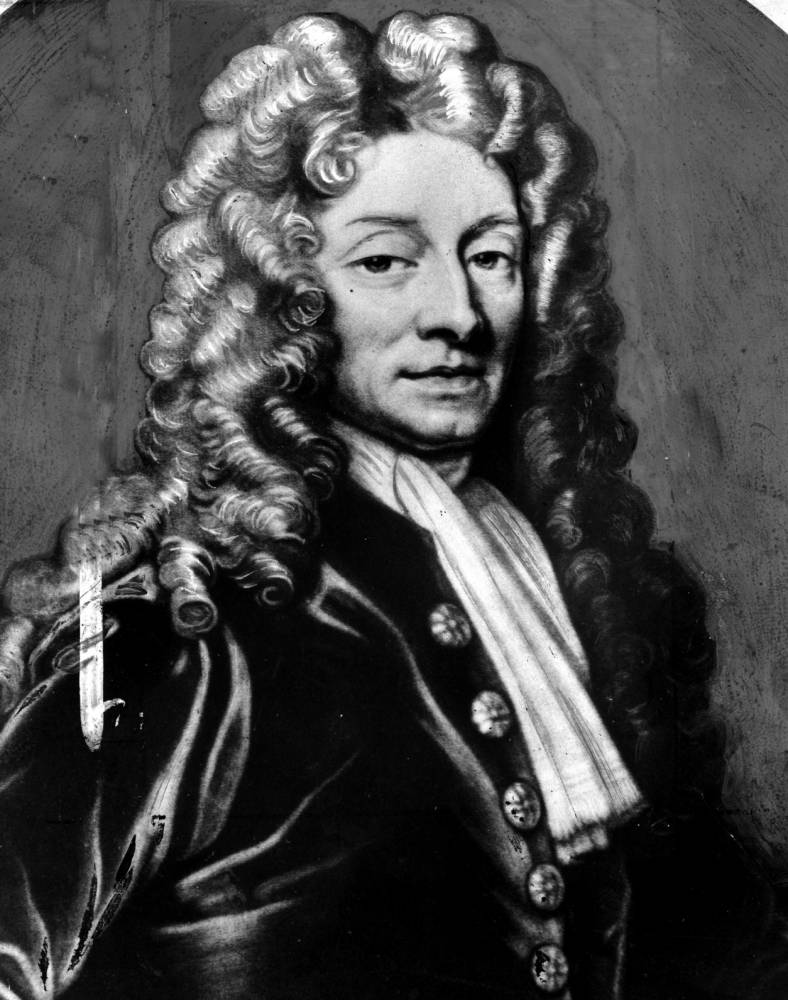 |
Christopher Wren (1632-1723) was the greatest architect Britain has ever known [18]
Christopher Wren was born in 1632 in East Knoyle, in the most tranquil years of the reign of Charles I. His family had close contact with the court, for though at the time of his birth his father was Rector of East Knoyle, Wiltshire, were he was born. [19]
he was very soon to succeed his brother Matthew as Dean of Windsor and Registrar of the Order of the Garter. Both brothers, Royalist and High Church, were to suffer for their opinions during the Civil War. His father later moved to Windsor and Wren was educated at Westminster School and then Oxford University. He showed an early talent for mathematics and enjoyed inventing things, including an instrument for writing in the dark and a pneumatic machine. In 1657, Wren was appointed professor of astronomy at Gresham College in London and four years later, professor of astronomy at Oxford. In 1662, he was one of the founding members of the Royal Society, along with other mathematicians, scientists and scholars. Wren’s scientific work raged over a variety of fields including astronomy, meteorology, physiology and the laws of motion. He was an active member of the Royal Society for many years after he had left science for architecture. His most intimate friends were scientists. His connection to the Royal Society brought him into personal touch the King. [20]
English architecture architecture at the time Wren began to build was in a somewhat confused state, and there was no clearly recognizable style. Wren made himself into a great architect. He had no formal training and little opportunity of knowing, at first-hand, the architecture of the Continent of his own or any other age. He built nothing before he was thirty. However, his buildings were revolutionary to the English. He was influenced by many architects at that time. Perhaps the most striking, and certainly the most influencial, was the new Banqueting House for Whitehall Palace of 1619-21. [21] The used related proportions in every part of the building and the regularity and sobriety of the window design and the restrained used of decorative detail was greatly admired by Wren. It is not clear precisely why Wren first turned to architecture, but ir well have been that, since he was known as a gifted mathematician with strongly practical turn of mind. [22]
The Great Fire of 1666 devastated the centre of London, with a loss of old St Paul's and eighty-six parish churches. Sir Christopher Wren, working with Commissioners appointed by Parliament, was responsible for rebuilding the cathedral and fifty-one of the parish churches, although the immediate need to start rebuilding made his design for an overall replanning of the City impossible. The work was funded by a tax on coals brought into the City of London. He was presented with remark for was called upon to design a great number of buildings widely differing in and intention; and by a process of trial and error, and above all of retrial, he learnt from his opportunities until he became a master of his art. One of his outstanding characteristics throughout his life was indeed his willingness to produce a scheme, to abandon it if it proved impractical, and to go on working on a problem, often even during execution until something both satisfactory and possible had been achieved. His work cannot, in fact, be fully appreciated without some reference to discarded schemes, for it is here that the striking flexibility of his mind is best displayed. It enabled him to achieve a great range of buildings one less magnificent than he might have wished, but supremely well suited to their purpose and to the circumstances which controlled their execution.
Wren's personal motivations and passions included a sincere, intensely moral man with a remarkable capacity for friendship, his career was shaped by lasting associations forged during a turbulent boyhood, and a lifelong loyalty to the memory of his father's master and benefactor, the "martyred' king, Charles I. Everything Wren undertook he envisaged on a grander scale bigger, better, more enduring than anything that had gone before. [23]
He mapped moons and the trajectories of comets for kings; lived and worked under six monarchs; pursued astronomy and medicine during two civil wars; exercised his creativity through the English Commonwealth, the Great Fire and the Restoration. His royal employment outlasted abdication, Dutch invasion, and the eventual extinction of the Stuart dynasty., he eventually made a career in architecture, and the design and construction of public buildings. he mapped the moon and the stars, investigated the problem of longitude and the rigns of Saturn, and carried out groundbreaking experiments into the circulation of the blood. His observetions on coments, meteorology and muscular action made vital contributions to the developing ideas of Newton, Halley and Boyle. He remained, nonetheless, committed to the practice of science, several of his buildings reflect the diversity of his interests. The Monument to the Great Fire was built with a subterranean laboratory; the south west tower of St Paul's was used as a vertical telescope during construction both were designed to function simultaneously as public monuments and as oversize scientific instruments. [24]
- From 1689 - 1700, Wren worked at Hampton Court Palace and amongst other projects, re-built the south front of Hampton Court and designed the pews, the panelling and the pillars supporting the Royal pew in The Chapel Royal.
-
- Wren was a major figure at a turning point in English history. A mathematical prodigy, an accomplished astronomer, a skillful anatomist, and a founder of the Royal Society The man behind the work was as remarkable as the monuments he has left us.
- St Paul's Cathedral
- Other Works and Churches
- CW1.png
Map of Wren's Churches around London
Artists from the present
In more contemporary times, leaving behind the dense, yellow and deadly fog as an everyday scene, London is a setting that enraptures less mystery and more and more magic. More color and a wider variety of emotions are displayed in all forms of art.
J.K. Rowling
JK.PNG
Joanne Rowling was born on 31st July 1965 at Yate General Hospital just outside Bristol, and grew up in Gloucestershire in England and in Chepstow, Gwent, in southeast Wales.
Her father, Peter, was an aircraft engineer at the Rolls Royce factory in Bristol and her mother, Anne, was a science technician in the Chemistry Department at Wyedean Comprehensive, where Jo herself went to school.
The young Jo grew up surrounded by books. “I lived for books,’’ she has said. “I was your basic common-or-garden bookworm, complete with freckles and National Health spectacles.”
KING'S CROSS
A busy and crowded station. Full of people trying to go somewhere. Amongst the hustle and bustle, two large cages rattle on top oftwo laden trolleys.
PLATFORM NINE AND THREE-QUARTERS
And which is also busy, but instead of people in sharp suits going about their day, it's now wizards and witches in robes mostly trying to work out how to say good-bye to their beloved project.
PAR1.PNG
David Hockney
 |
David Hockney is an English painter, printmaker, stage designer and photographer and one of the most important figures in modern art. He was born on July 9th 1937 in the center of England's wool trade, with a population of 300,000; the city of Bradford in West Yorkshire. The city had been immortalized as "Bruddersford"in the popular imagination of J. B. Priestley in his best-selling novels "The Good Companions" and "Bright Day". In the last one he wrote, "Bruddersford is generally held to be an ugly city; and so I suppose it is; but it always seemed to me to have the kind of ugliness that could not only be tolerated but often enjoyed". [25] And the thing was that Bradford was immersed in the damp smog of those years "for the two hundred or so chimneys of the woollen mills were belching out fumes all day, which sank slowly into the basin in which the city lies, and made Bradford then one of the smokiest cities on earth".[26]. Since Hockney was 10 years old he knew he wanted to be an artist and he used to enter painting and drawing competitions for children that used to appear regularly in the Daily Express. His parents always encouraged him with his love for art and he would always appeared to be the most cheerful of his other four siblings. He was also very inspired by his English teacher Kenneth Grose, who recognized that, in spite of his inability to work hard in anything but art, he was full of curiosity "He was a stimulant and he encouraged me in my ambitions to be an artist". [27]
Hockney attended the Bradford College of Art from 1953 to 1957. Then, because he was a conscientious objector to military service, he spent two years working in hospitals to fulfill his national service requirement. In 1959, he entered graduate school at the Royal College of Art in London where he experimented with different forms, including abstract expressionism. He did well as a student, and his paintings won prizes and were purchased for private collections. Hockney’s early paintings incorporated his literary leanings, and he used fragments of poems and quotations from Walt Whitman in his work. This practice, and paintings such as We Two Boys Clinging Together, which he created in 1961, were the first nods to his homosexuality in his art. Because he frequently went to the movies with his father as a child, Hockney once quipped that he was raised in both Bradford and Hollywood. He was drawn to the light and the heat of California, and first visited Los Angeles in 1963. The swimming pools of L.A. were one of his favorite subjects, and he became known for large, iconic works such as A Bigger Splash. [28] In December of 1964, Hockney returned to London to give a talk on homosexual imagery in America. A year later, he returned to America to teach at the University of Colorado in Boulder. There he lived in an apartment without windows and painted the Rocky Mountains from his memory. After his term there, Hockney went to California with some old friends. Two years later, Hockney experienced his first true romance with a nineteen-year-old student named Peter Schlesinger. Schlesinger became a favorite subject of Hockney's, and the many drawings of him show the informal intimacy of the two. A year later, Schlesinger transferred to Los Angeles from Santa Cruz and moved into an apartment with Hockney, which made him very happy. In June of 1967, Hockney took him to Europe, and the two toured the continent. At this time, Hockney's interest in photography grew. He would take endless shots of Schlesinger, mostly for fun, but also for study. In 1971, Hockney experienced some tension in his relationship with Schlesinger mostly because of the age difference between the two. Also, Schlesinger wanted some independence and room to grow so Hockney's eye also began to wander, and his social life became more active once again. Hockney decided to travel to America for a break, and when he returned, he found out that Schlesinger had moved to Paris and had been having an affair. Schlesinger felt that Hockney placed his work above everything else and felt as though he himself were only an erotic object to be shown off to others so he decided never to move back in with Hockney again. Hockney was devastated and started taking Valium to combat the depression and loneliness he suffered, however continued to excel in his work, embracing the emerging technologies. By the mid 1970s, he had all but abandoned painting in favor of projects involving photography, lithographs, and set and costume design for the ballet, opera and theater. [29]
Basic to David Hockney's art has always been the need to communicate directly with the viewer. Hockney is not at all involved in the creation of beauty as an end in itself. It is exactly this didactic urgency, this need to be heard plainly and to be understood clearly, which is the basis of his phenomenal popularity. No other artist today has been the subject of so many books, most of them generated by the prodigious flow of his own art, work that he produces in abundance and with great care. [30]Hockney is widely known for his adaptability and his ability to create new techniques using the emerging technologies. In photography, specifically he turned to “recreate photography” in a way in which, as he said, “a photograph that could be described as having a strong illusion of reality”. In the second volume of his biography written by Christopher Simon Skyes, he explains that in a point of his life, he started to feel that photography was missing something, and so he decided to add his personal touch to it, starting to do picture collages. “The main aspect was this lack of time in the photograph. I'd become very, very aware of this frozen moment, that was very unreal to me. Photography didn't really have life in the way a drawing or painting did, and I realized it couldn’t because of what it is. compared to Rembrandt looking at himself for hours and hours and scrutinising his face, and putting all these hours into the picture you're going to look at, naturally there's many more hours there than you can give it. A photograph is the other way round. It's the fraction of a second, frozen, so the moment you looked at it for even four seconds, you've looked at it for longer than the camera did. It dawned on me that this was visible, actually, and the more you become aware of it, the more this is a terrible weakness. Drawings and paintings do not have this." [31]
In the nineties, Hockney continued to experiment with rising technologies. He used a color laser copier in some of his works and reproduced some of his paintings. Hockney was impressed with the vibrancy of color that could be achieved using such devices. He also began sending drawings to friends via fax machines and was thrilled with this new way of communication. Much of the appeal lay in the fact that these newly produced images had no financial value at all. Thus sharing art became a true act of love and appreciation. Though Hockney does not have a great number of photographies of London itself, he has been one of the most influential and innovative British artists for the past half a century. He developed a way to give a story to his images, instead of just leaving them as a single photograph. Through his collages, he adds identity to his characters and is able to transmit emotions and ideas, creating a reality for each one and showing it to its viewers. He has truly made art a form of real human interaction and communication. His photography comes to life as he pushes the boundaries of figurative art and inspires many other creators as himself. In a 2011 poll of more than 1,000 British artists, Hockney was voted the most influential British artist of all time. He continues to paint and exhibit, and advocates for funding for the arts. [32]
Ken Shuttleworth
Architecture
Section 2: Deliverable
Using David Hockney's technique of "Painting with Pictures", we chose one picture of each site described in the Milestone Colourless London and we made them into paintings, emphasizing the use of bright colors and making an imminent contrast with the pictures' monochromatic feel.
Gallery
Conclusion
In this Milestone, artists from the past and from the present are compared and contrasted. There is one artist chosen for each of the fields involved in the project "A London Full of Colour"; Painting, Literature, Photography and Architecture. The intention was to outline the main differences in their styles and how they each one of them portrayed London from their very own perspectives and translated it into their works of art. In the same way, biographical facts are provided to give the reader a reference of how life circumstances and setting might have also been influential in the artists' work. This Milestone is the linking point between Courless London and Colourful Reality, giving meaning to the rest of the project "A London Full of Colour".
Finally, for the deliverable, our own work is presented and with is we intend to show our own perspective of London, which, though it contrasts with the pictures taken in Colourless London in an extreme way. We tried to add some pigment of our own to create a much more Colourful Reality for ourselves. The paintings emphasize the use of colors in a symbolic way, what they represent are our different emotions and life experiences that stoke our lives, sometimes in unexpected ways, but always resulting in a breath taking outcome. Life is our very own masterpiece, it is what we make it and it is not in the very least monochromatic. In the contrary, all the aspects of our lives merge to create a unique work of art, that certainly might not be of everyone's liking, but then again, the only opinion that truly matters is that of the artist that made the masterpiece. In some occasions, such as with Mr. Shuttleworth, the artist regrets the path he or she took and if given a second chance, would have done things differently. However, the work is done, the masterpiece is complete, and we can either live in regret or move forward in such ways where each stoke is more precise and better thought than the previous one. Mr. Shuttleworth continues to be an excellent architect and though many people disagree with the way he feels about St. Mary Axe, he learned from that experience and moved forward to his next masterpiece. Some other artists die without the proper acknowledgment that their work deserves, however, what people think of their work can never influence the magnitude of its quality. A masterpiece, is a masterpiece even when there is no one to admire it and most things done with effort and passion are worth a standing ovation.
References
- ↑ CORTON, C. L. (2015). LONDON FOG: the biography. S.l.: BELKNAP HARVARD. pp 1.
- ↑ Anon., "The Empire's Capital", Review if Reviews, June 1900, p. 594.
- ↑ Monet, C., & Kendall, R. (2003). Monet by himself: paintings, drawings, pastels, letters. Boston: Little, Brown..
- ↑ Denvir, B.(1987). The Impressionists at First Hand: Thames and Hudson.
- ↑ http://www.tate.org.uk/art/artists/claude-monet-1652
- ↑ https://www.nationalgallery.org.uk/paintings/claude-monet-water-lilies
- ↑ House, J. (1988). Nature into art. New Haven: Yale University Press.
- ↑ Kaplan, F. (1999). Dickens: a biography. Baltimore: Johns Hopkins University Press.
- ↑ CHARLES DICKENS BIOGRAPHY. (n.d.). Retrieved June 06, 2017, from http://www.dickenslondontours.co.uk/dickens-biography.htm
- ↑ Charles Dickens. (2017, April 28). Retrieved June 06, 2017, from https://www.biography.com/people/charles-dickens-9274087
- ↑ BBC . (n.d.). History - Charles Dickens. Retrieved June 06, 2017, from http://www.bbc.co.uk/history/historic_figures/dickens_charles.shtml
- ↑ Cody, D., & Hartwick College. (n.d.). Dickens: A Brief Biography. Retrieved June 06, 2017, from http://www.victorianweb.org/victorian/authors/dickens/dickensbio1.html
- ↑ Charles Dickens Online. (n.d.). Charles Dickens Biography. Retrieved June 06, 2017, from http://www.dickens-online.info/charles-dickens-biography.htm
- ↑ Britain Express. (n.d.). Charles Dickens biography. Retrieved June 06, 2017, from http://www.britainexpress.com/History/bio/dickens.htm
- ↑ CHARLES DICKENS BIOGRAPHY. (n.d.). Retrieved June 06, 2017, from http://www.dickenslondontours.co.uk/dickens-biography.htm
- ↑ Charles Dickens. (2017, April 28). Retrieved June 06, 2017, from https://www.biography.com/people/charles-dickens-9274087
- ↑ Hardwick, M., & Hardwick, M. (1970). Dickens's England. London: Dent
- ↑ Tinniswood, A., & Graham, N. (2005). His invention so fertile: a life of Christopher Wren. London: Royal National Institute of the Blind.
- ↑ History: Historical Figures. (n.d.). Retrieved June 06, 2017, from http://www.bbc.co.uk/history/historic_figures/wren_christopher.shtml
- ↑ Wren o Whinney
- ↑ Wren o Whinney
- ↑ Wren o Whinney
- ↑ Jardine, L. (2004). On a grander scale: the outstanding life and tumultuous times of Sir Christopher Wren. New York, NY: Perennial.
- ↑ Jardine, L. (2004). On a grander scale: the outstanding life and tumultuous times of Sir Christopher Wren. New York, NY: Perennial.
- ↑ Bright Day, J. B. Priestley, Heinemann 1946
- ↑ Sykes, C. S. (2011). Hockney: The Biography (Vol. 1). London: Century, pp. 1-25
- ↑ Interview with David Hockney by Christopher Simon Skyes, June 2009
- ↑ David Hockney. (2014, April 02). Retrieved June 05, 2017, from https://www.biography.com/people/david-hockney-9340738
- ↑ David Hockney Biography. (n.d.). Retrieved June 05, 2017, from http://www.davidhockney.com/bio.shtml
- ↑ Tuchman, M., & Barron, S. (1989). David Hockney: a retrospective. Los Angeles, CA: Los Angeles County Museum of Art, pp. 13
- ↑ Sykes, C. S. (2014). Hockney: The Biography (Vol. 2). London: Century, pp. 160
- ↑ David Hockney. (2014, April 02). Retrieved June 05, 2017, from https://www.biography.com/people/david-hockney-9340738
Attribution of Work
akgiacoman: Artistic Component, Charles Dickens, J.K. Rowling, Fred Morley, David Hockney & Conclusion
sreyes: Introduction, Monet, Sir Christopher Wren, Pete Rumney, Ken Shuttleworth
External Links
If appropriate, add an external links section
Image Gallery
If appropriate, add an image gallery
